In modern bathroom design, the bath tub remains a symbol of comfort and relaxation. While showering fits into the fast-paced daily life, soaking in the bathtub is a soothing experience - the perfect moment to slow down. With so many bathtub options to choose from, one key question is often asked: What is the ideal size for a standard bathtub? Choosing the right size is not just about fitting into the space, it's about your quality of life.
Whether you're renovating an existing bathroom or planning a brand new one, understanding the dimensions and layout of a standard bathtub is essential for achieving both functionality and aesthetics. This article explores recommended sizes, suitable settings, and design trends for 2025.
What is a standard bathtub?
A standard bathtub is usually referred to as an alcove bathtub, installed in a closed space on three walls, and is the most common type of bath tub in residential bathrooms. Its compact design and practicality make it an ideal choice for most homes, effectively saving space while providing basic functions.
The most common standard sizes include:
- 60" (length) x 30" (width) x 14–16" (height) (approx. 152cm x 76cm x 36–41cm)
- 60" x 32" x 16–17" — slightly wider and deeper for added comfort
- 54" x 30" — shorter length for smaller spaces
- 66" x 32" — extended length suitable for taller users
The goal of standard bathtub sizing is to balance space efficiency with basic bathing comfort.
Why Is Size So Important?
The size of a bathtub is not only about fitting into the space, but it also directly affects comfort, practicality and the overall layout of the bathroom. A bathtub that is too small can make people feel cramped and unable to fully relax; while one that is too large may make the space seem crowded, disrupt the layout and make the room look messy. The right size helps strike a balance between relaxation and practicality, ensuring that the bathtub complements other facilities such as the toilet, vanity and storage cabinets. Moreover, a bathtub of the appropriate size can also improve energy and water efficiency by reducing unnecessary water usage. Choosing the right size is a crucial step in creating a bathroom that is both practical and comfortable.

- User Comfort:
A standard 60" tub generally accommodates most adults comfortably sitting or reclining. However, taller individuals or those who prefer deeper soaking should consider tubs 66" or longer for a more relaxed experience.
- Water Depth Influences Soaking Quality:
Standard tubs usually have a water depth of 14–16" (36–41cm), suitable for shallow soaking. For a more immersive soak, “soaking tubs” offer depths of 18–22" (46–56cm), providing a deeper, more relaxing bath.
- Bathroom Layout Coordination:
Oversized tubs can crowd the space, impacting the placement of toilets, vanities, and storage. Thoughtful planning helps maximize usability and maintain visual harmony.
- Energy Efficiency:
Choosing the right bathtub size helps control water usage, avoiding unnecessary waste, which in turn lowers water bills and reduces energy consumption—supporting an eco-friendly lifestyle.
- Easy Maintenance:
A properly sized bathtub is easier to clean and maintain, minimizing hard-to-reach corners and ensuring the bathroom stays tidy and hygienic, enhancing everyday convenience.
Choosing Standard Bathtubs for Different Homes
Urban Apartments / Small Spaces:
Opt for 54" or 60" tubs combined with shower units. Compact alcove tubs make efficient use of limited space while supporting both daily washing and occasional soaking.
Typical Family Homes:
The common 60" long, 30–32" wide tub fits children and adults alike. If space allows, upgrading to a deeper or wider tub can enhance comfort and usability.
Master Bathrooms / High-End Spaces:
Though freestanding tubs are popular in spacious bathrooms, many still prefer larger alcove tubs (66" or 72") for a clean look and the option of double bathing.
Suitable for people
1. Families with limited space
For apartments, small apartments or old houses, bathroom space is often limited. In this environment, the compact design of a standard bathtub (usually 60 x 30 inches) can maximize the use of space, not only to meet daily bathing needs, but also leave enough space for sinks, toilets and storage cabinets. The rectangular embedded installation method also contributes to the compactness and neatness of the overall layout, avoiding the bathroom from appearing crowded.
2. People who like to take a quick bath/occasional bath
The shallow and deep design of the standard bathtub is very suitable for people who mainly take a shower and occasionally take a bath to relax. It does not take a long time to fill water like a deep bathtub, nor does it consume too much hot water. It is both efficient and energy-saving. For office workers, students or urban residents with a fast pace who go out early and come back late, it is an ideal choice that combines practicality and comfort.
3. Projects with medium to low renovation budgets
Standard bathtubs are relatively low in production and installation costs, and are the first choice for renovation projects with limited budgets. Whether it is a first-time home renovation, rental upgrade, or budget-controlled renovation project, choosing a standard-sized built-in bathtub can effectively reduce material costs, labor costs, and later maintenance costs. In addition, this type of bathtub has a wide variety of categories and a stable supply, which is convenient for purchase and replacement, and the overall cost-effectiveness is extremely high.
Design Tips: Making Standard Sizes Stand Out
1. Tile Surrounds:
Carefully chosen tiles can elevate the look of an alcove tub, adding texture and visual interest.
2. Built-In Storage:
Incorporate recessed niches on the tub’s sidewalls to store bath essentials neatly and conveniently.
3. Shower Curtains or Glass Doors:
Standard tubs often pair with showers. Glass panels or curved curtain rods can enhance space openness and ease of use.
4. Appropriate Faucets and Overflow Systems:
Wall-mounted faucets and concealed overflow drains improve both aesthetics and functionality.
5. Lighting Design:
Use soft indirect lighting or LED strips to create a warm ambiance, enhancing both the comfort and modern feel of the bathroom.
6. Anti-Slip Features:
Add textured anti-slip surfaces or place non-slip mats at the bathtub bottom to ensure safety and reduce the risk of slipping.
7. Personalized Decorative Elements:
Add unique touches like artistic wall panels, plants, or distinctive hanging accessories to bring character to the bathroom, making the standard-sized bathtub space feel more lively and stylish.
2025 Trends: Evolving Standard Tub Features
While size changes remain modest, standard tubs are quietly advancing in features and design:
More Deep Soaking Options:
More 60" tubs now offer water depths of 17–20", enhancing soak quality.
Improved Slip Resistance:
Textured tub bottoms are increasingly common for safer bathing.
Advanced Acrylic Materials:
New acrylics combine light weight with better insulation and sleeker looks to suit modern tastes.
Smart Technology Integration:
Mid- to high-end models feature smart drainage, temperature controls, and heated bases, boosting comfort and convenience.
Conclusion: Standard Can Also Be Exceptional
Though freestanding tubs often grace design magazines, for most households, standard-sized tubs remain the most practical and cost-effective choice. Their well-proportioned dimensions suit all ages and diverse uses, complement showers easily, are simple to clean, and generally affordable.
Choosing the right size is the first step toward a comfortable bathroom experience. The 60" x 30" tub isn’t just a measurement—it’s a vessel for your daily ritual of relaxation. Unpretentious yet perfectly fitting, it warmly embraces every bath.

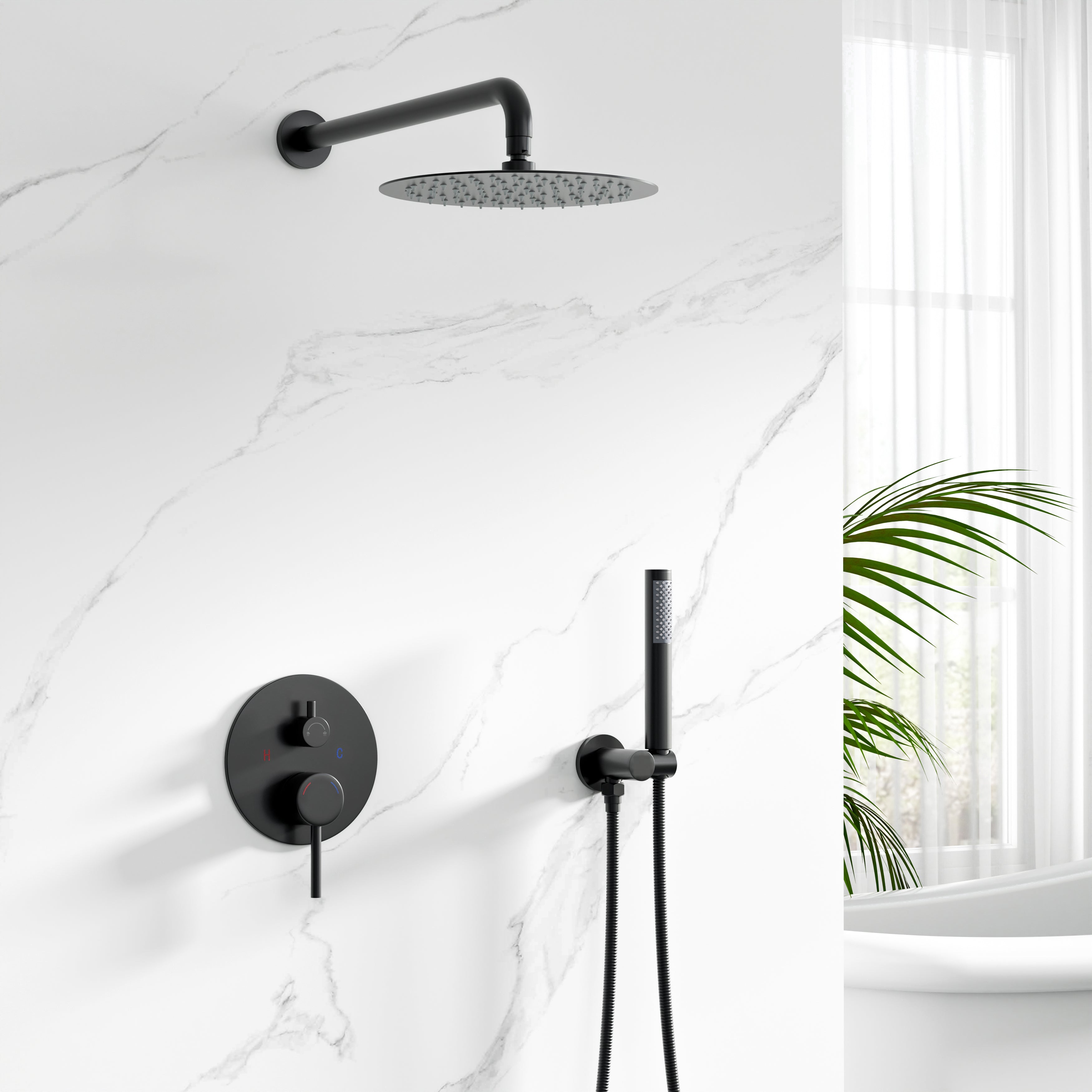
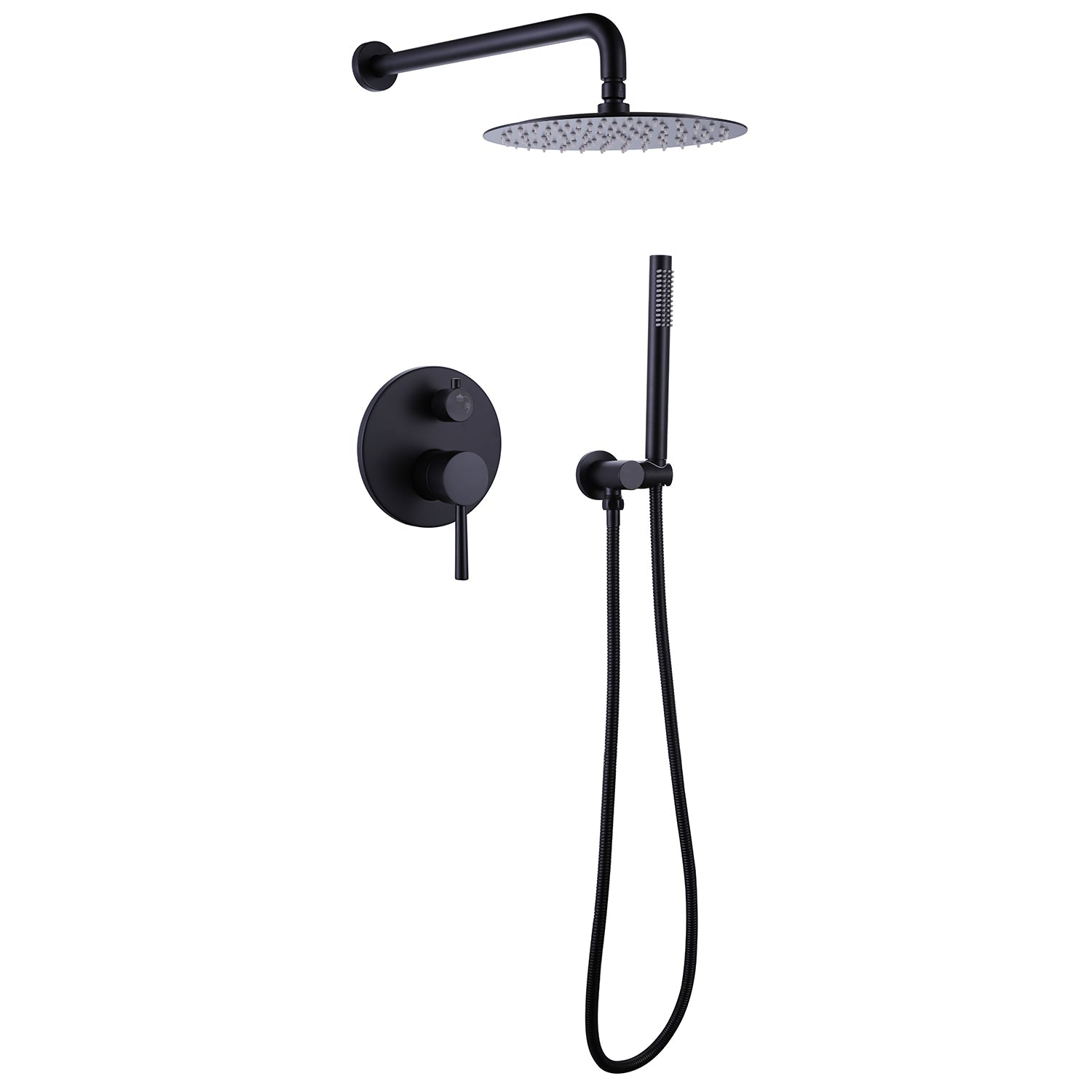


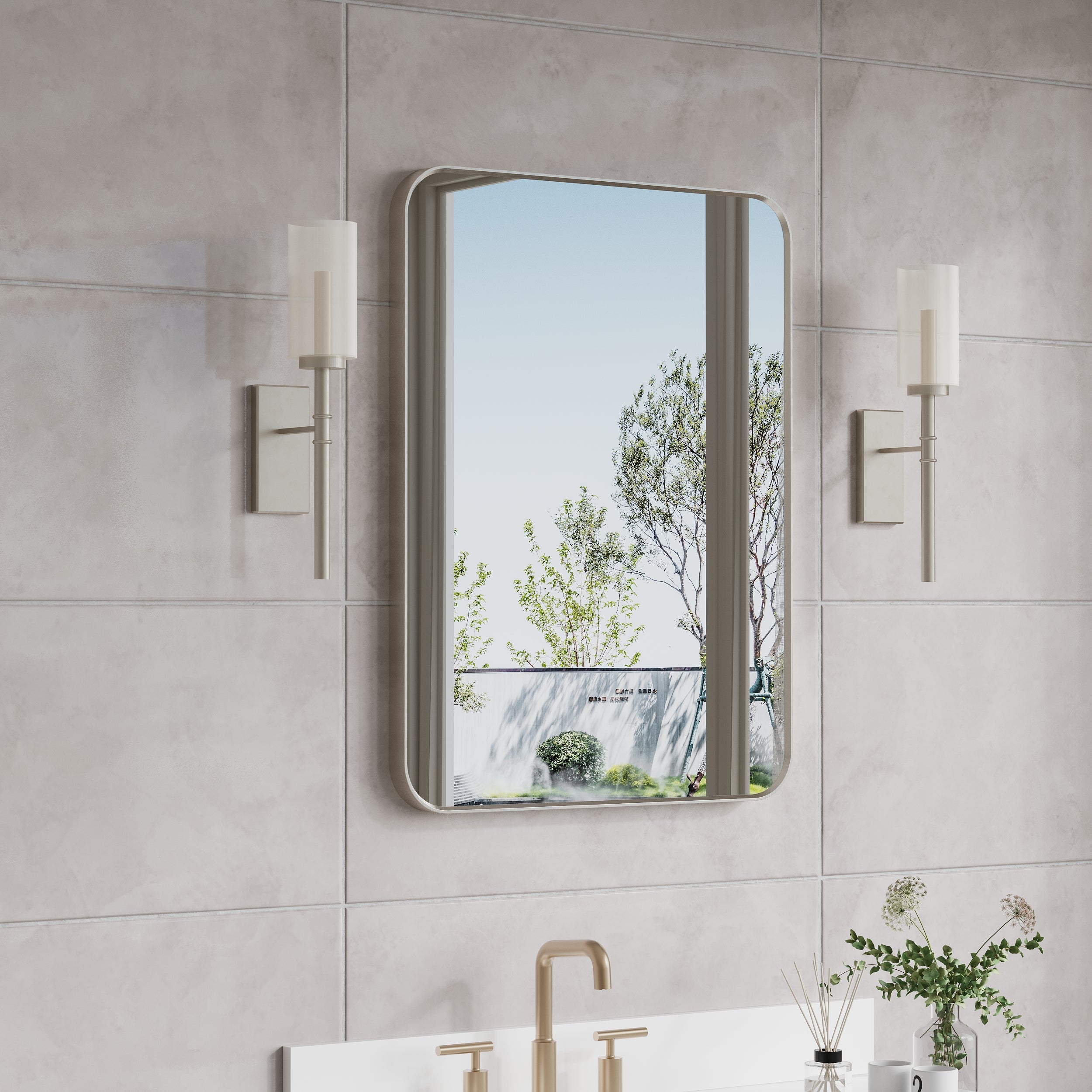
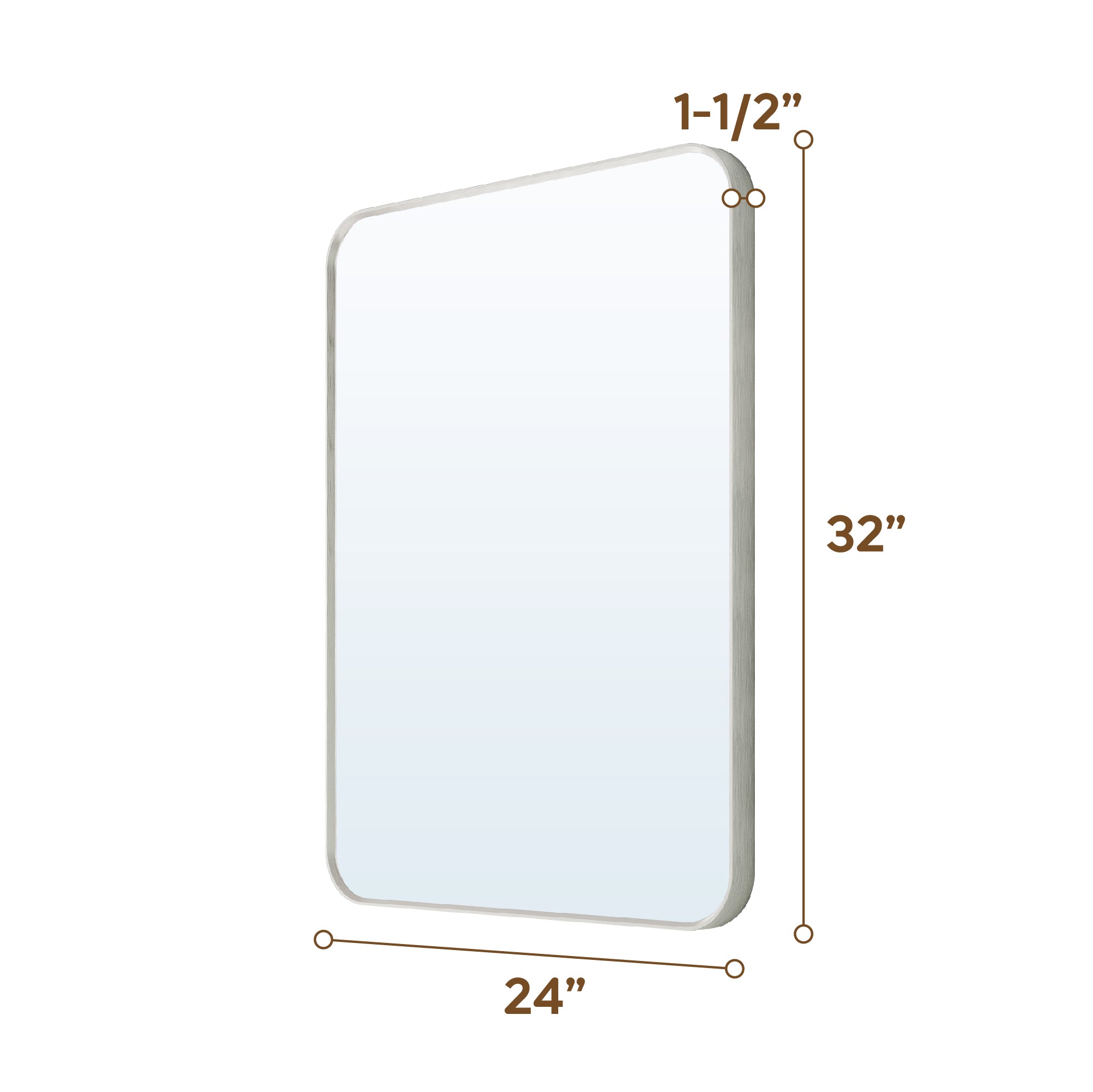
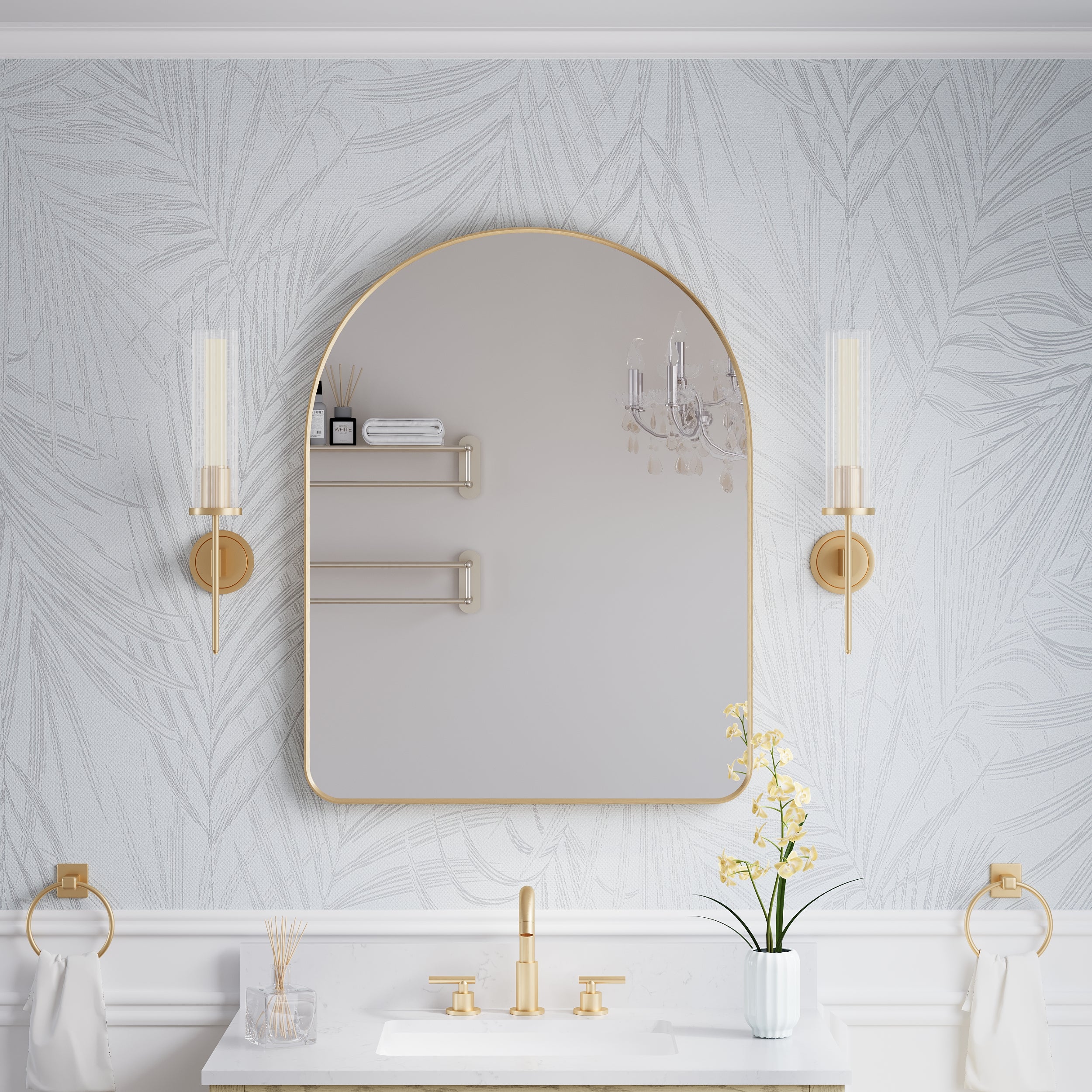
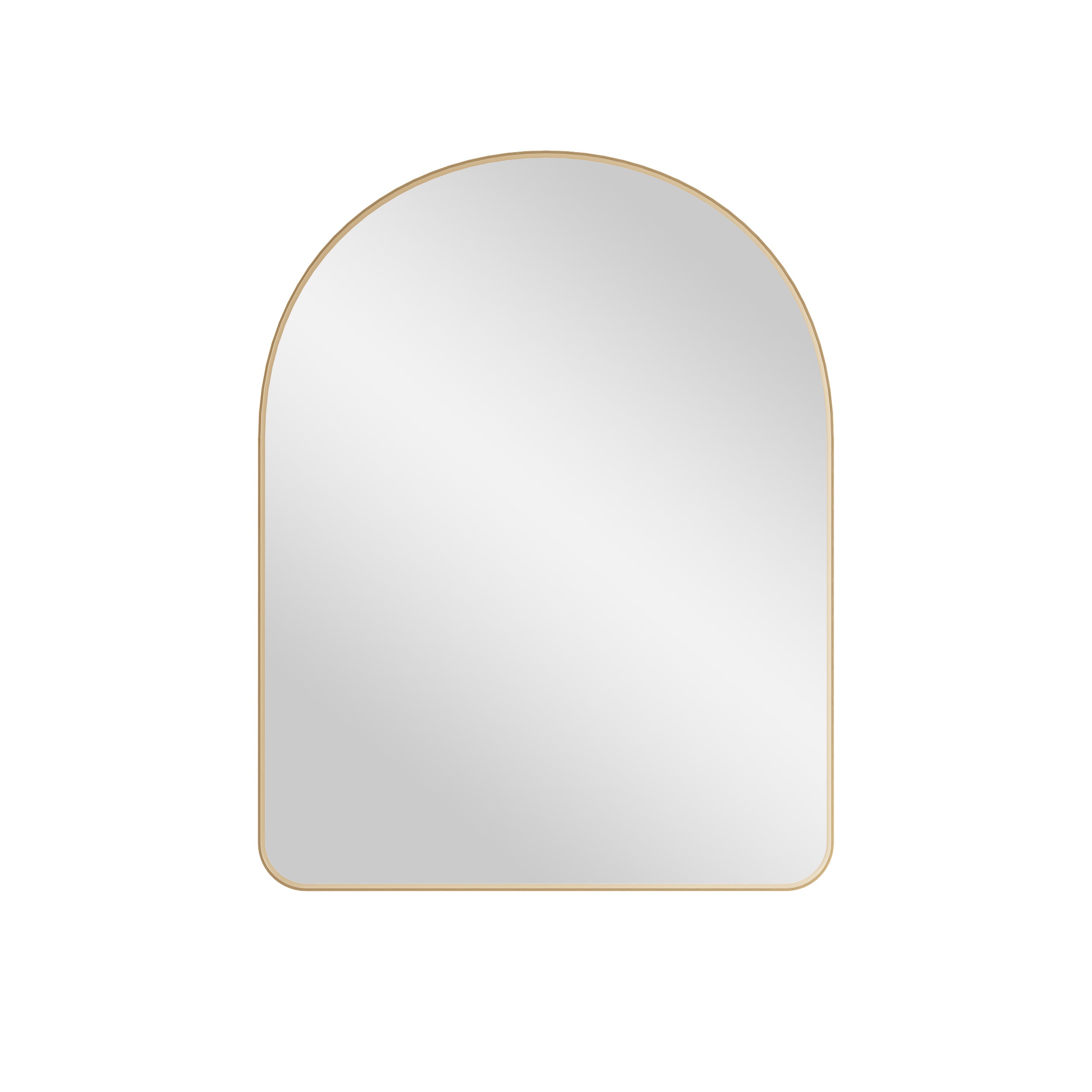

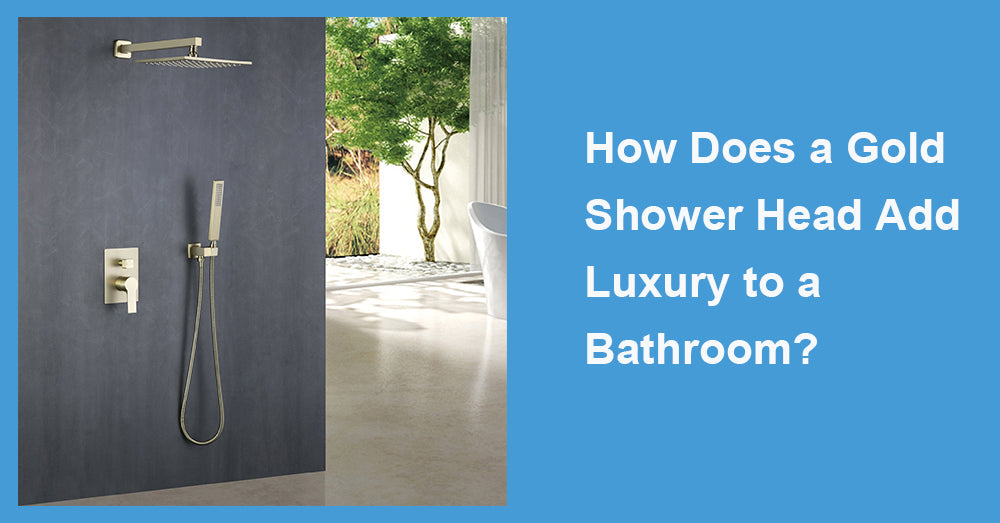
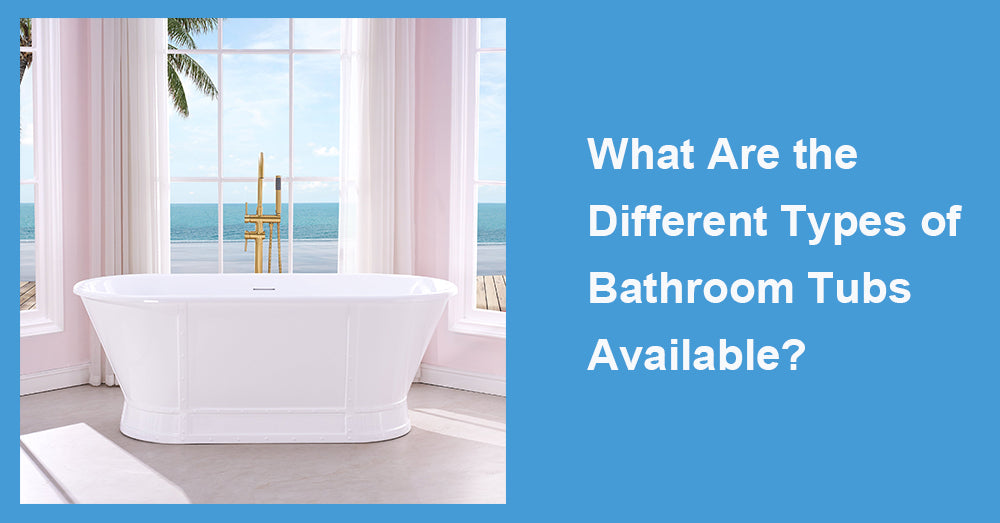
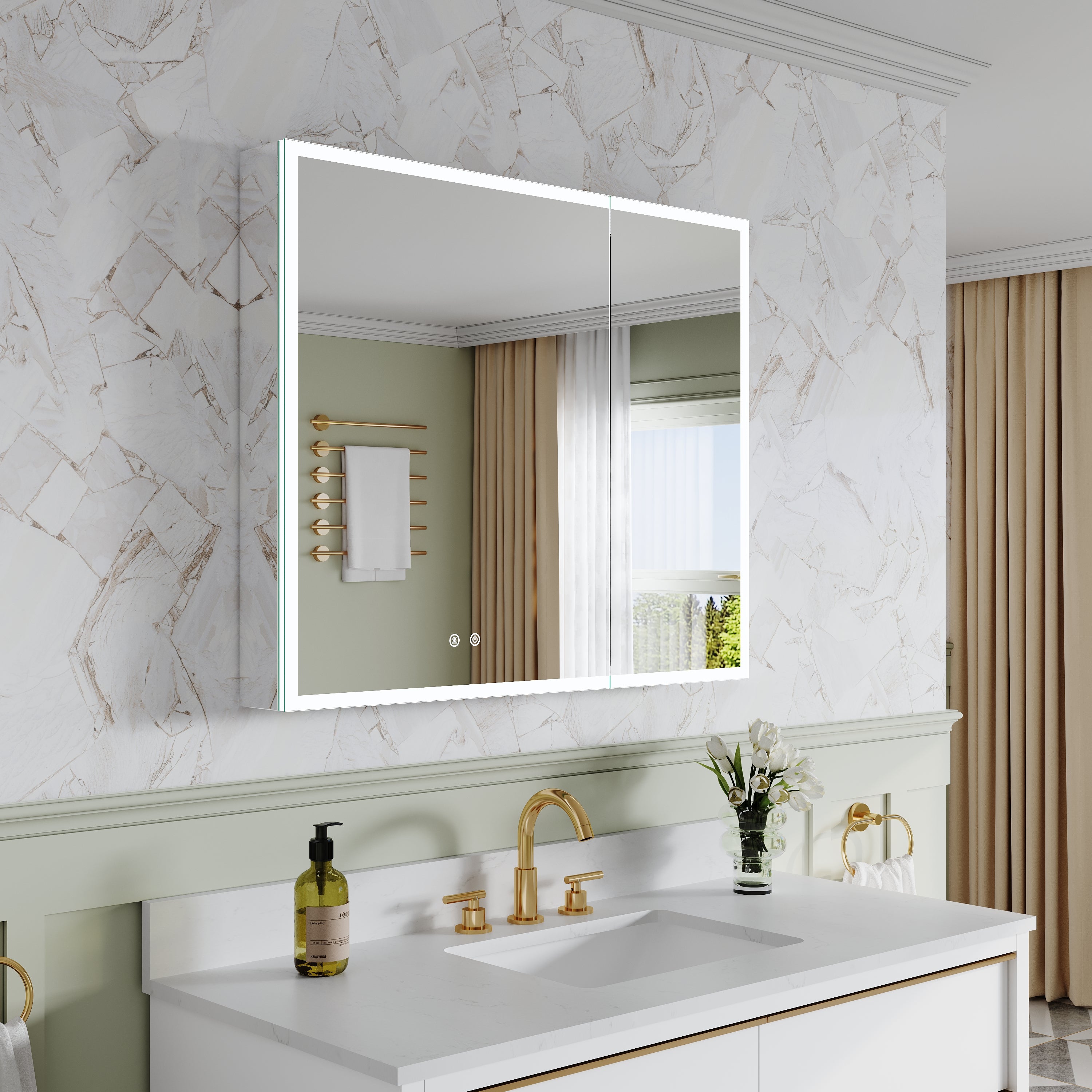
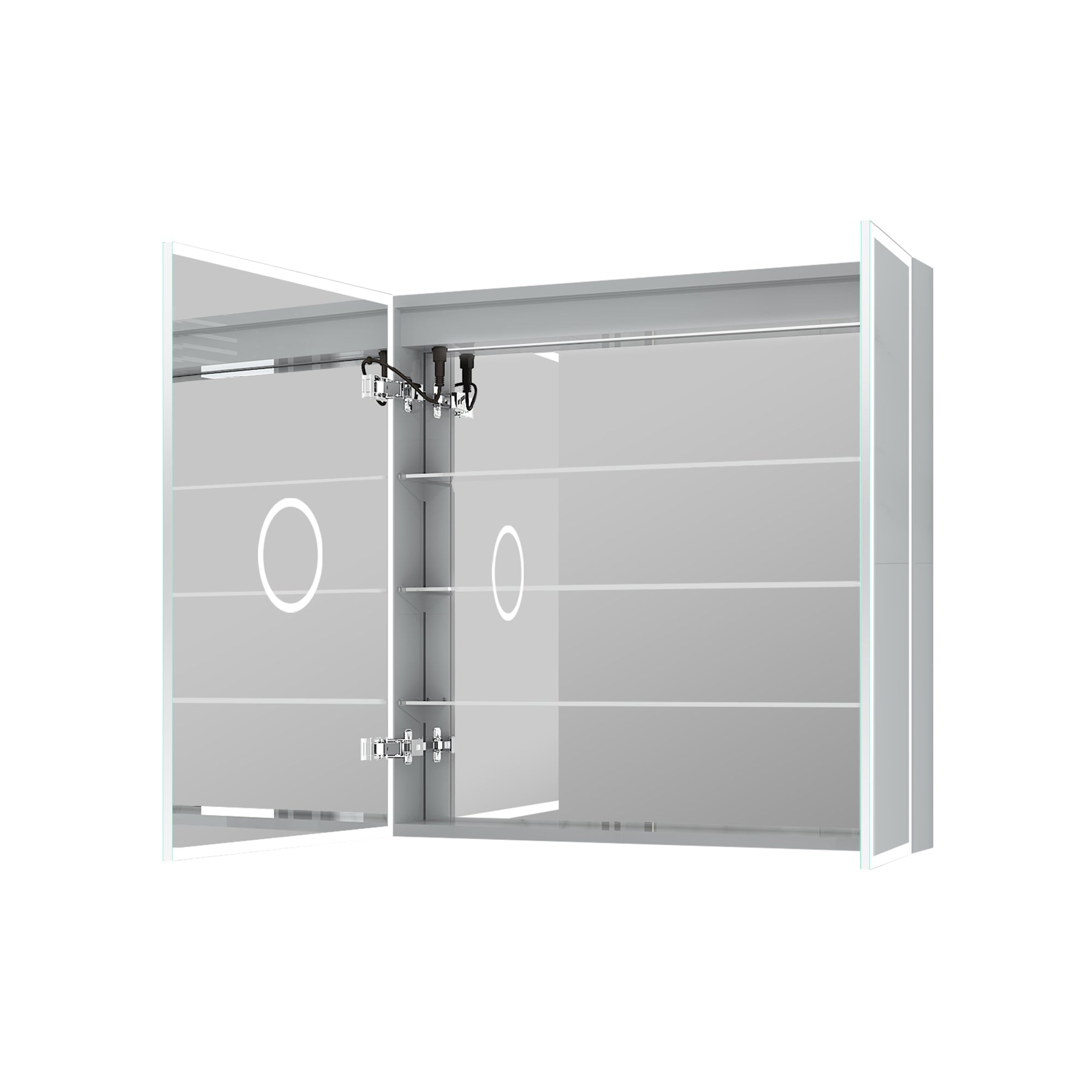
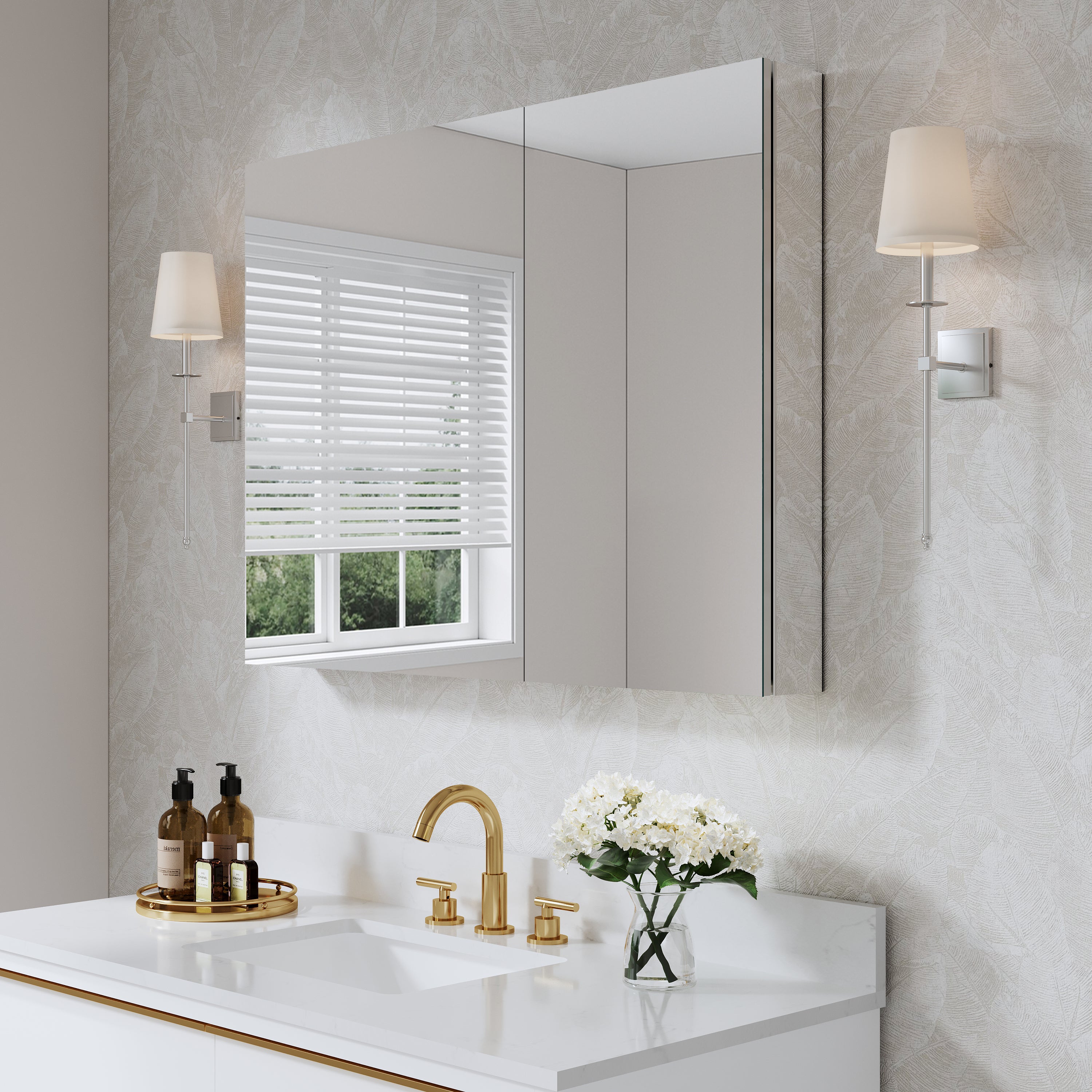

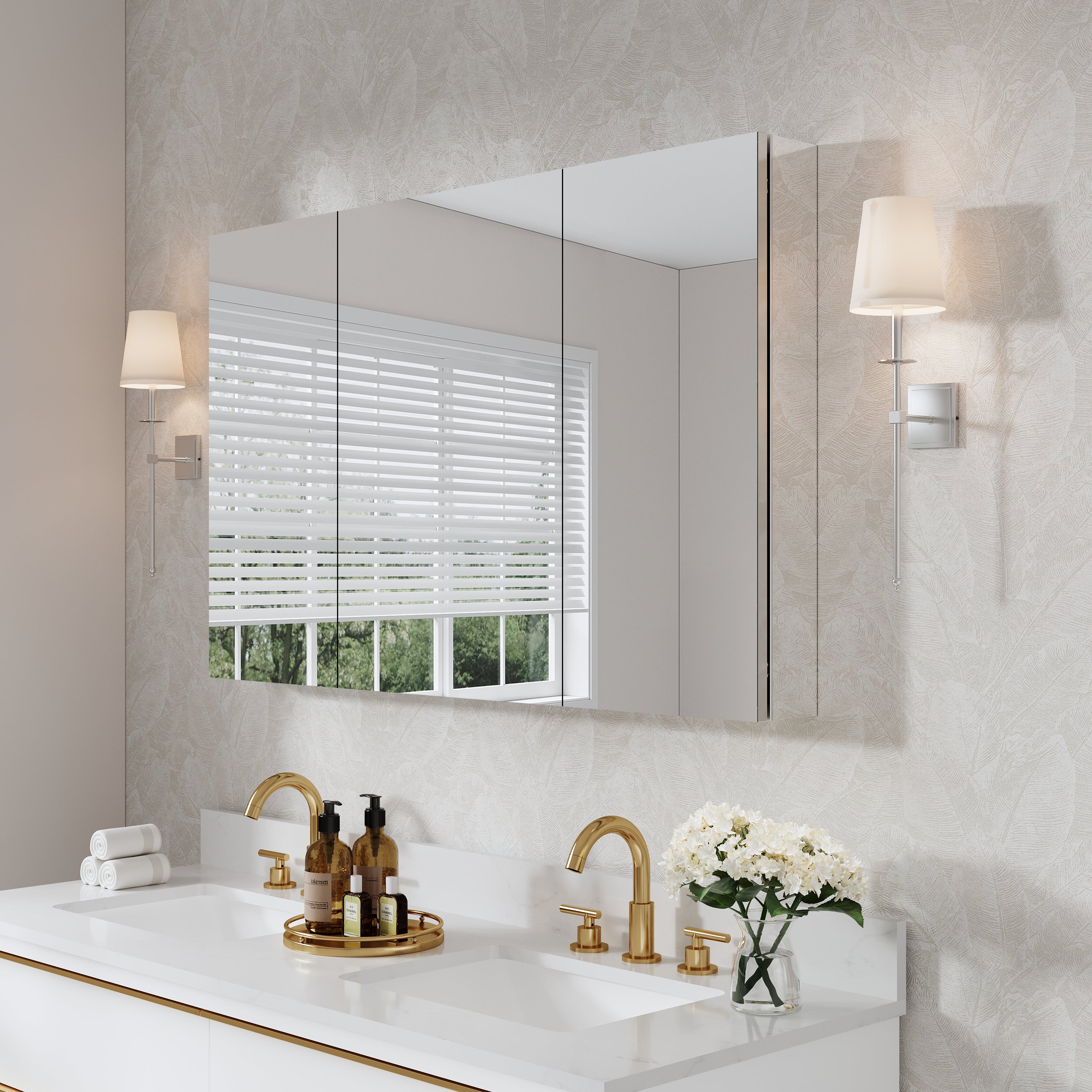
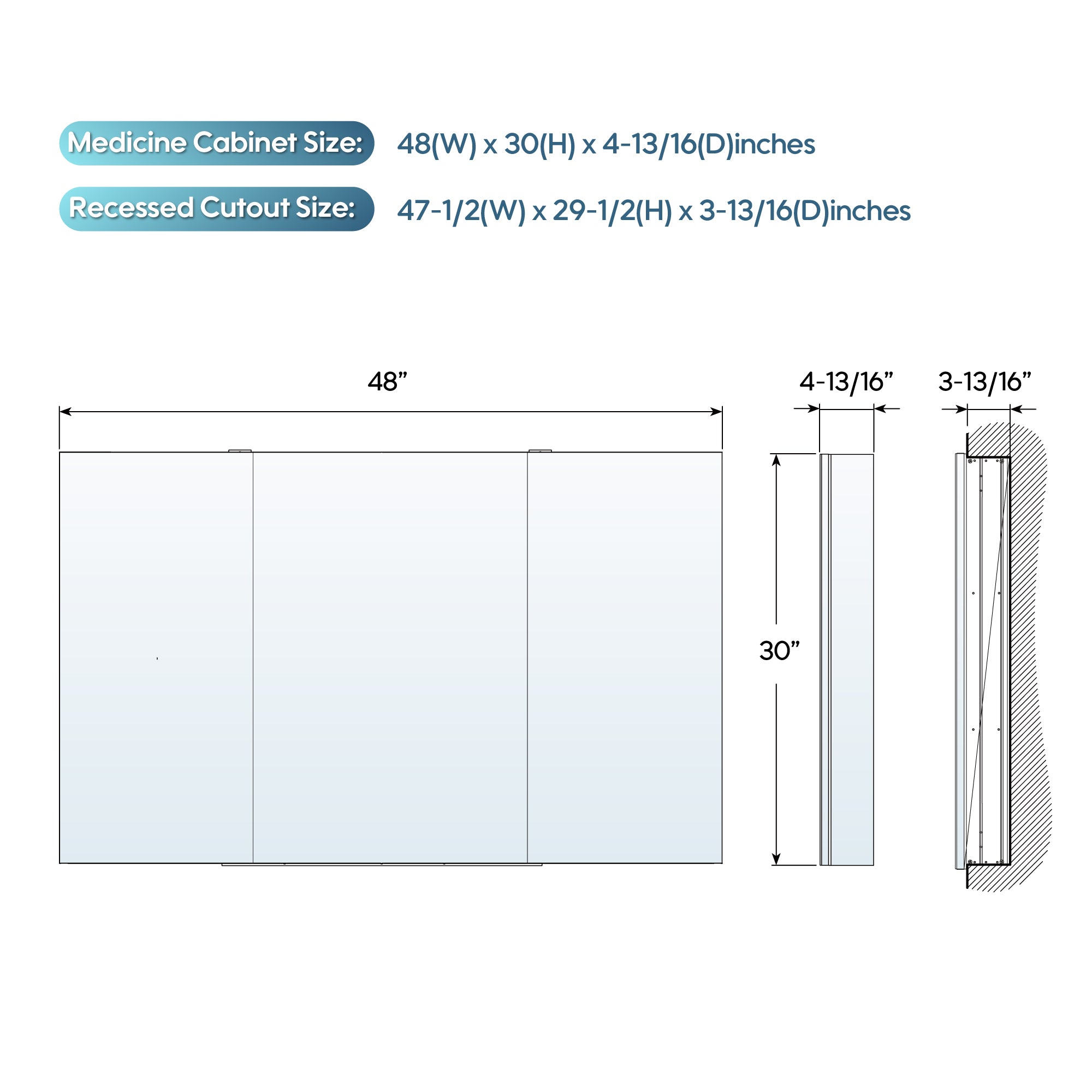
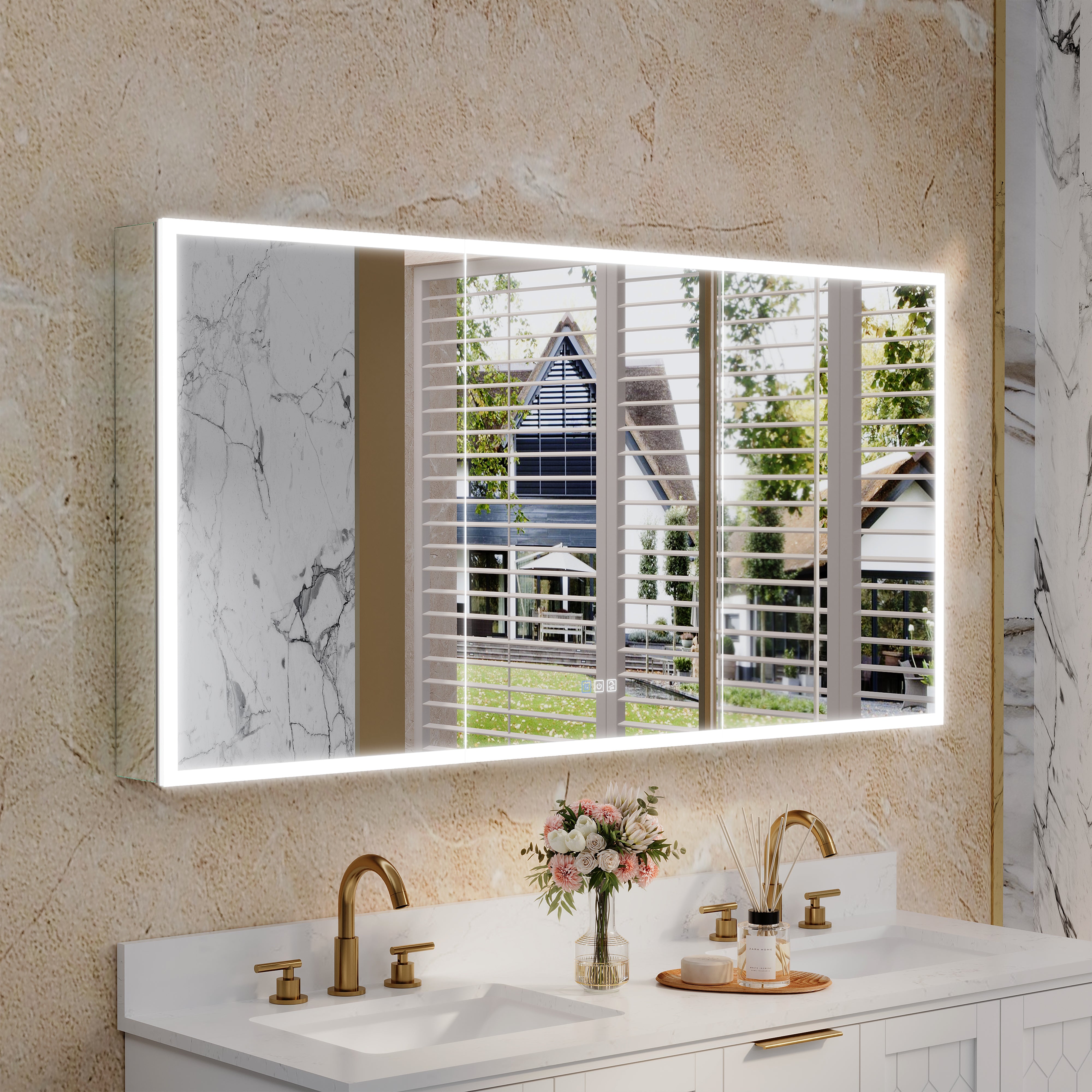
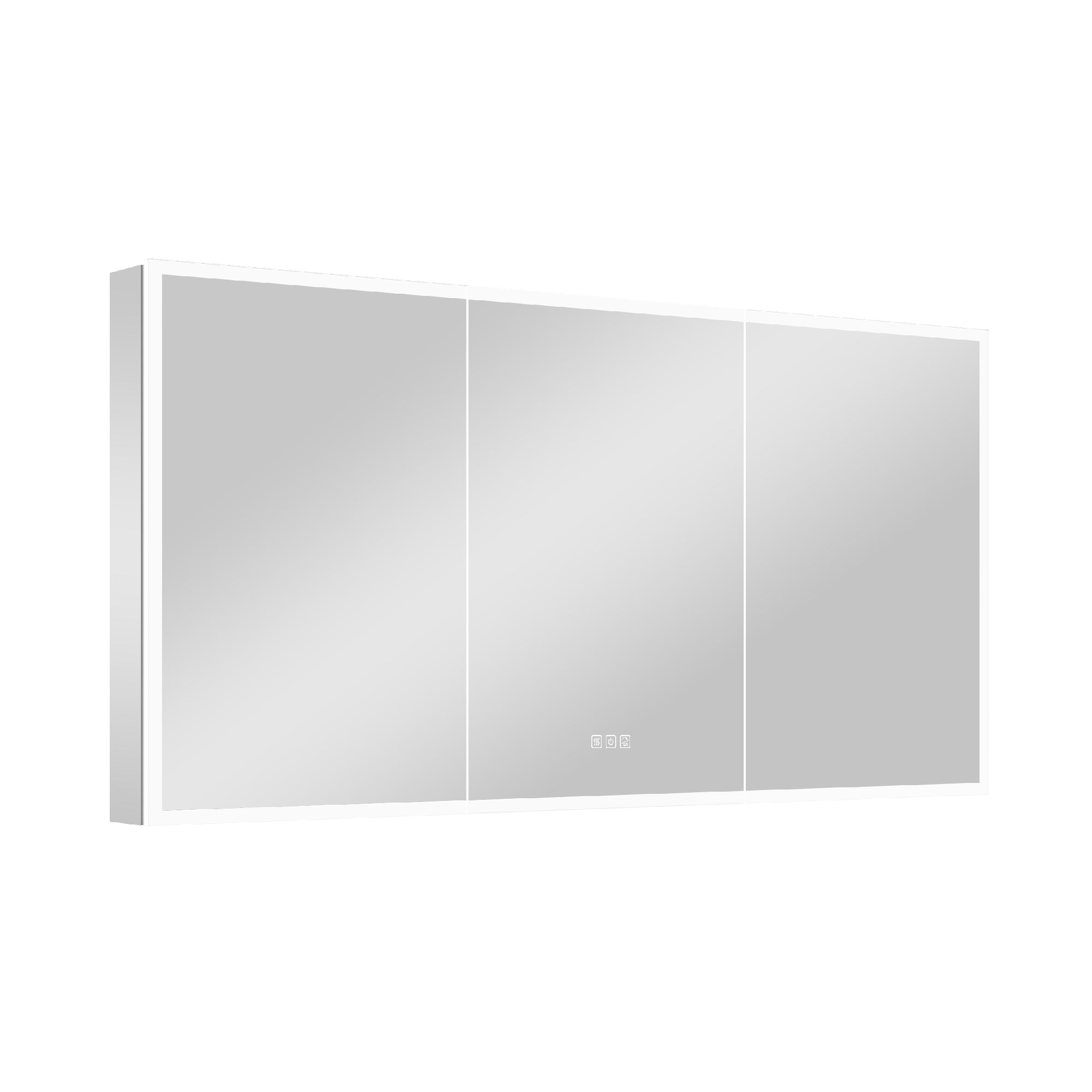
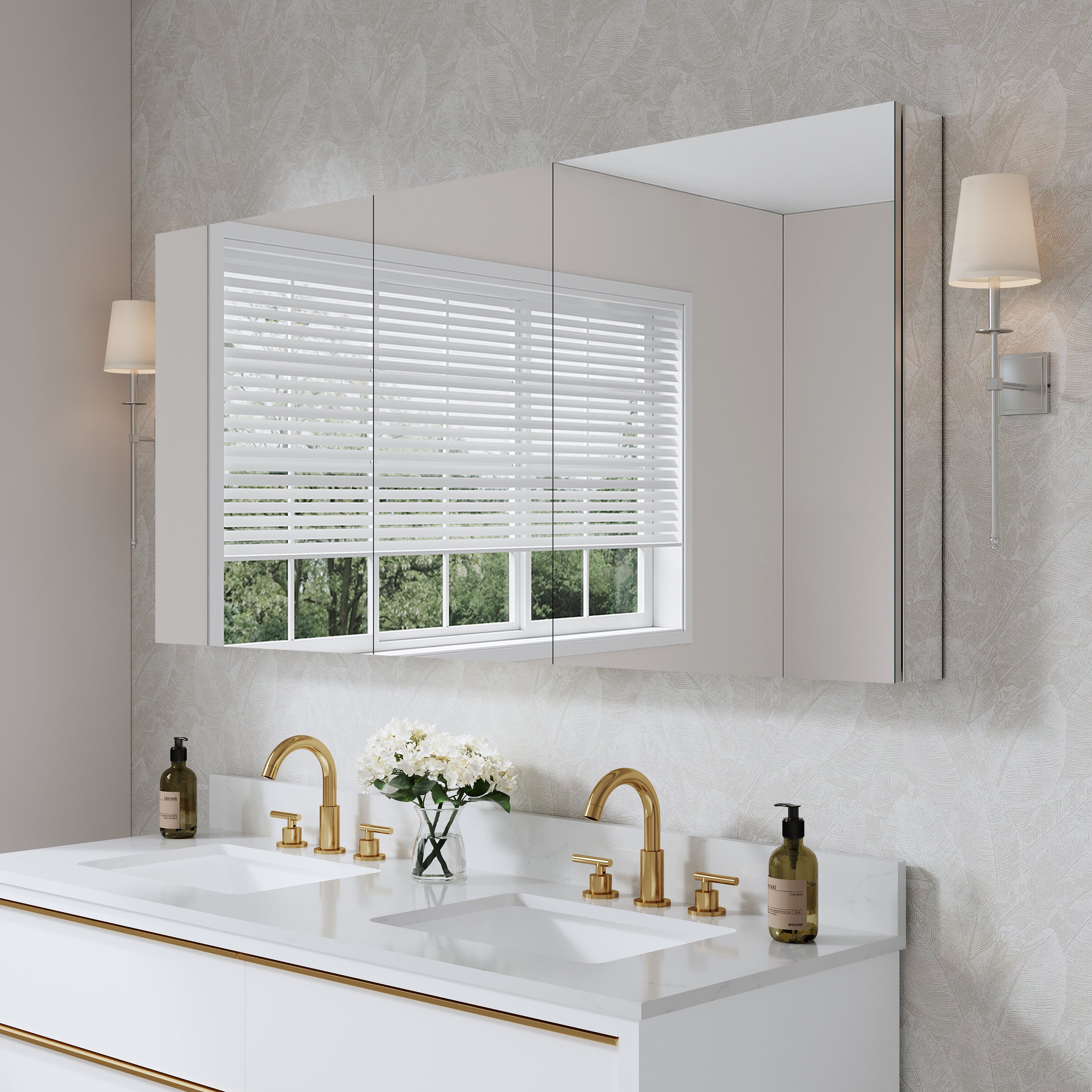

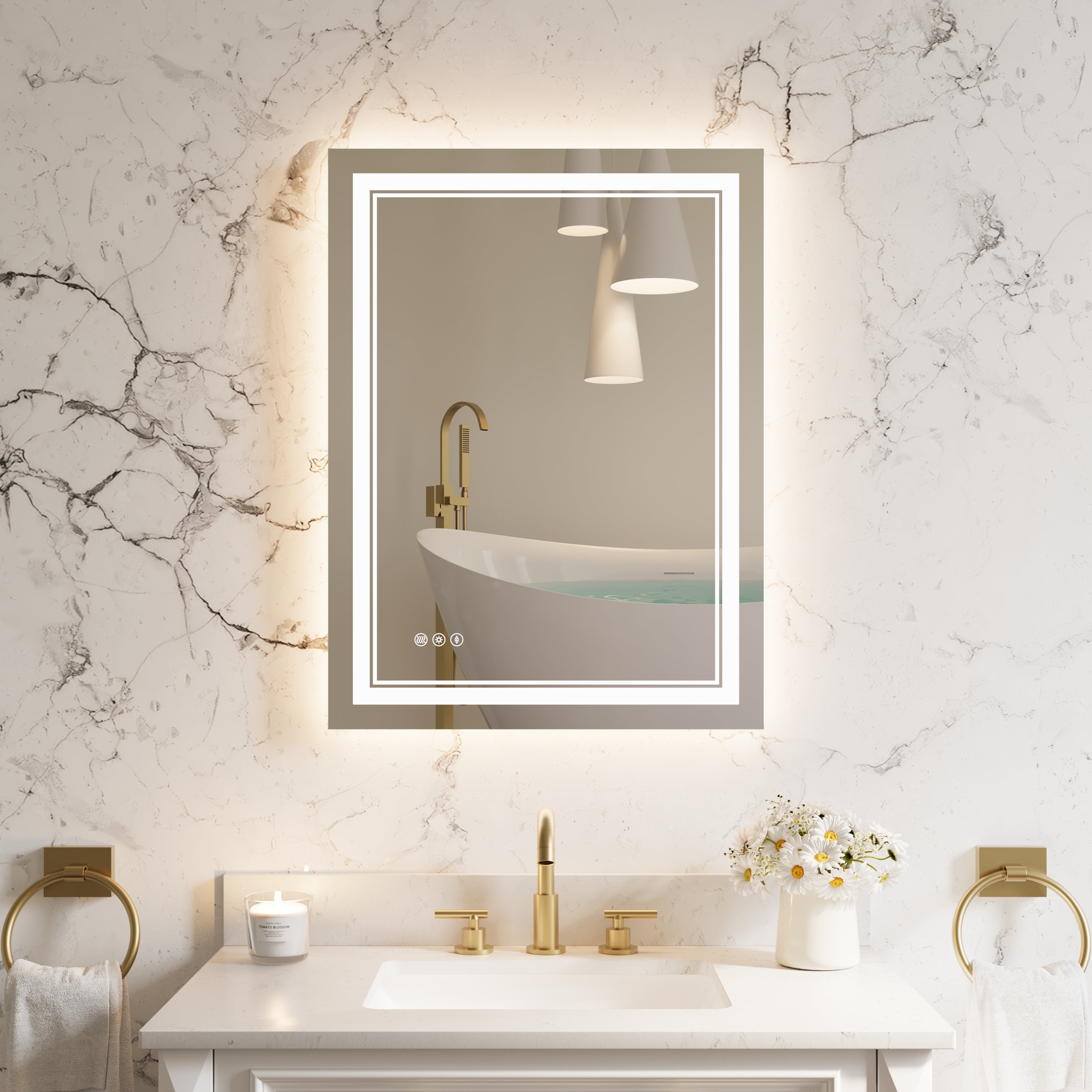
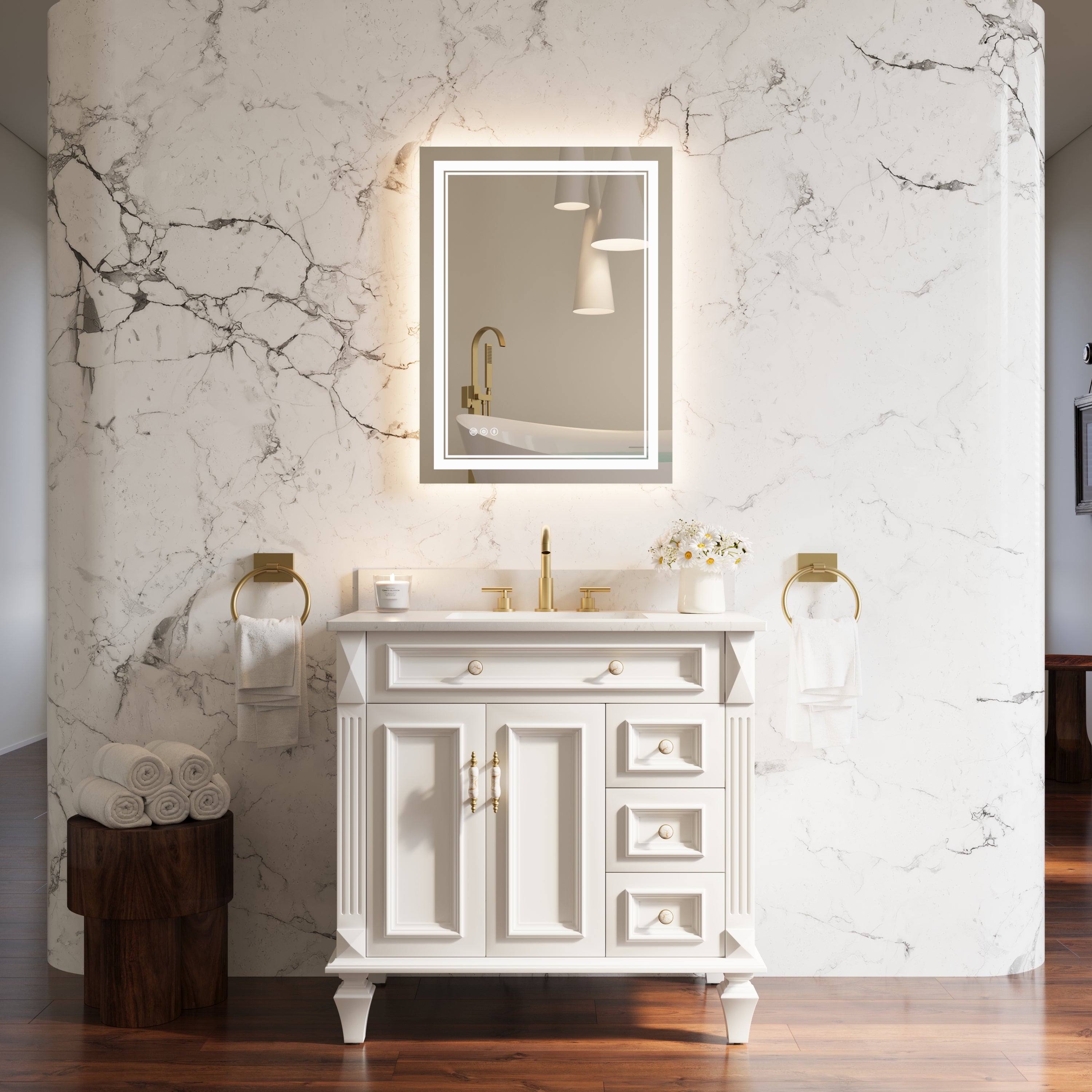
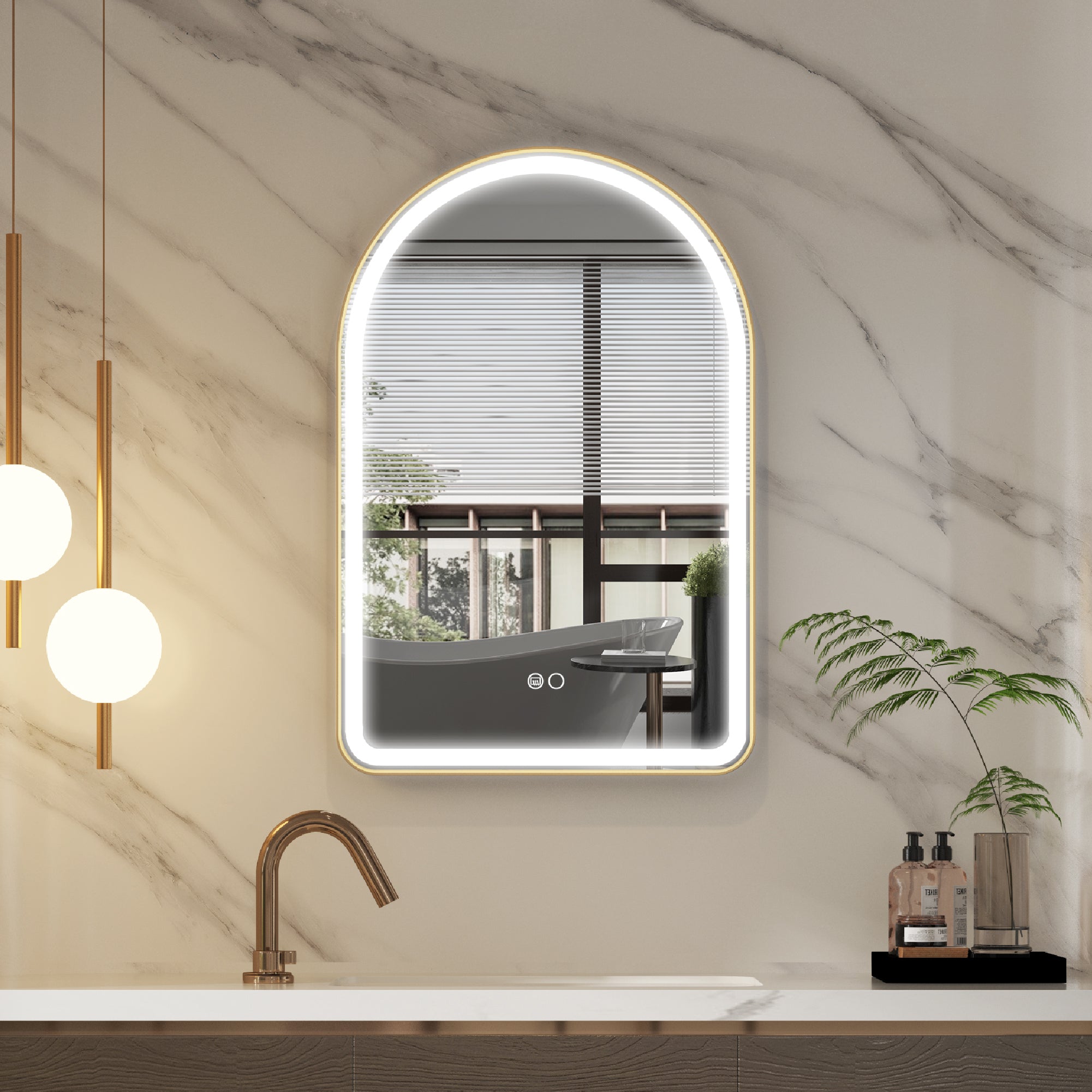
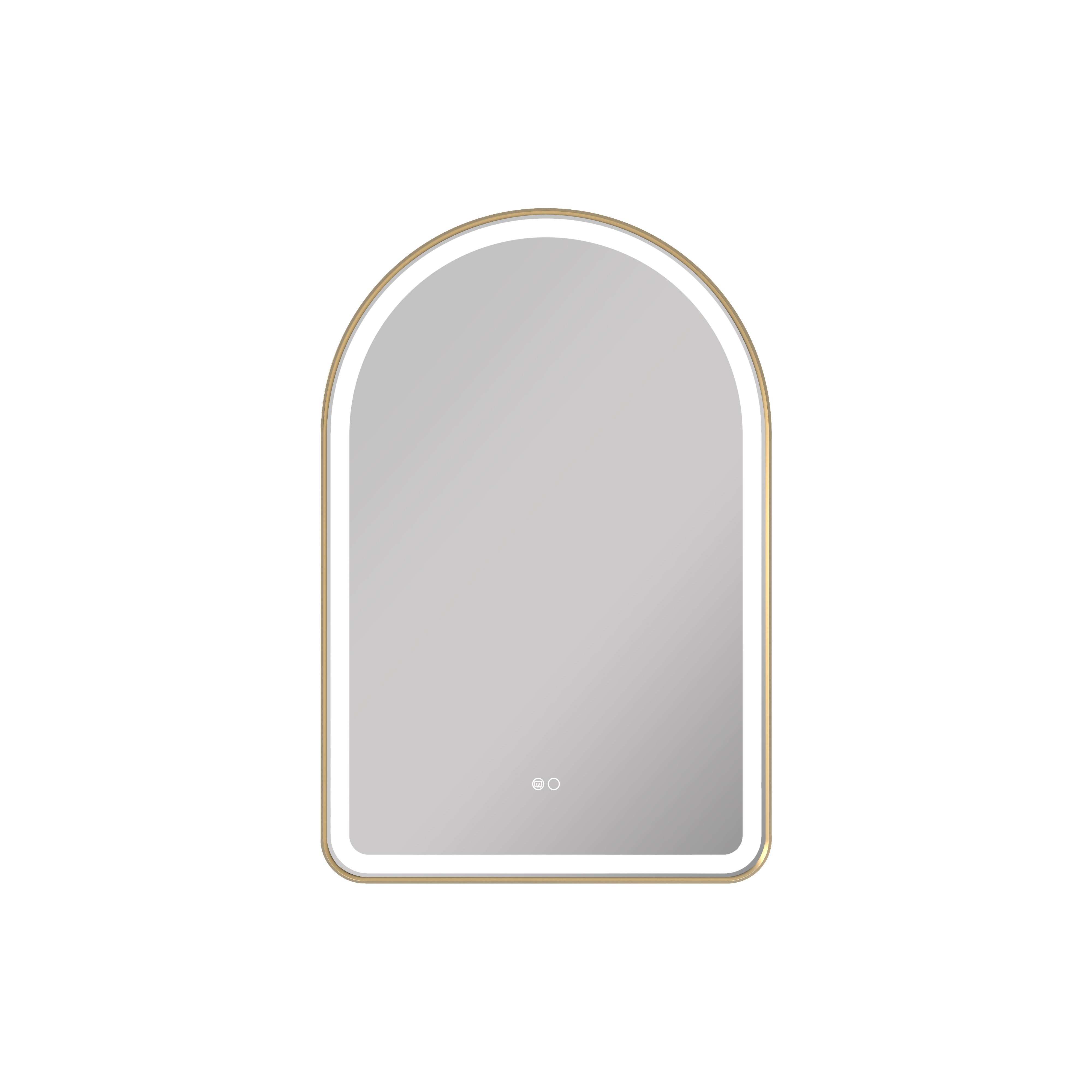
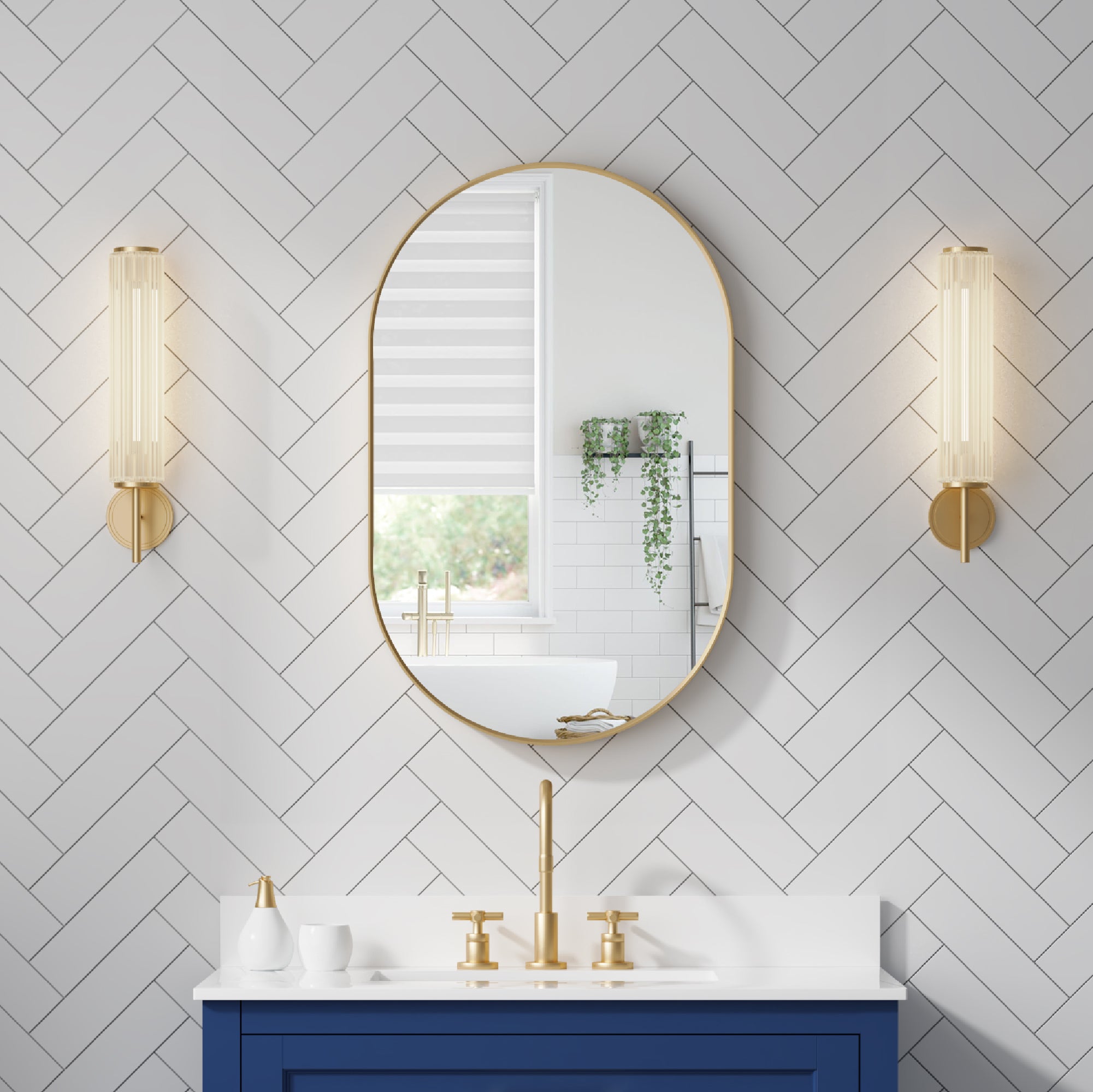
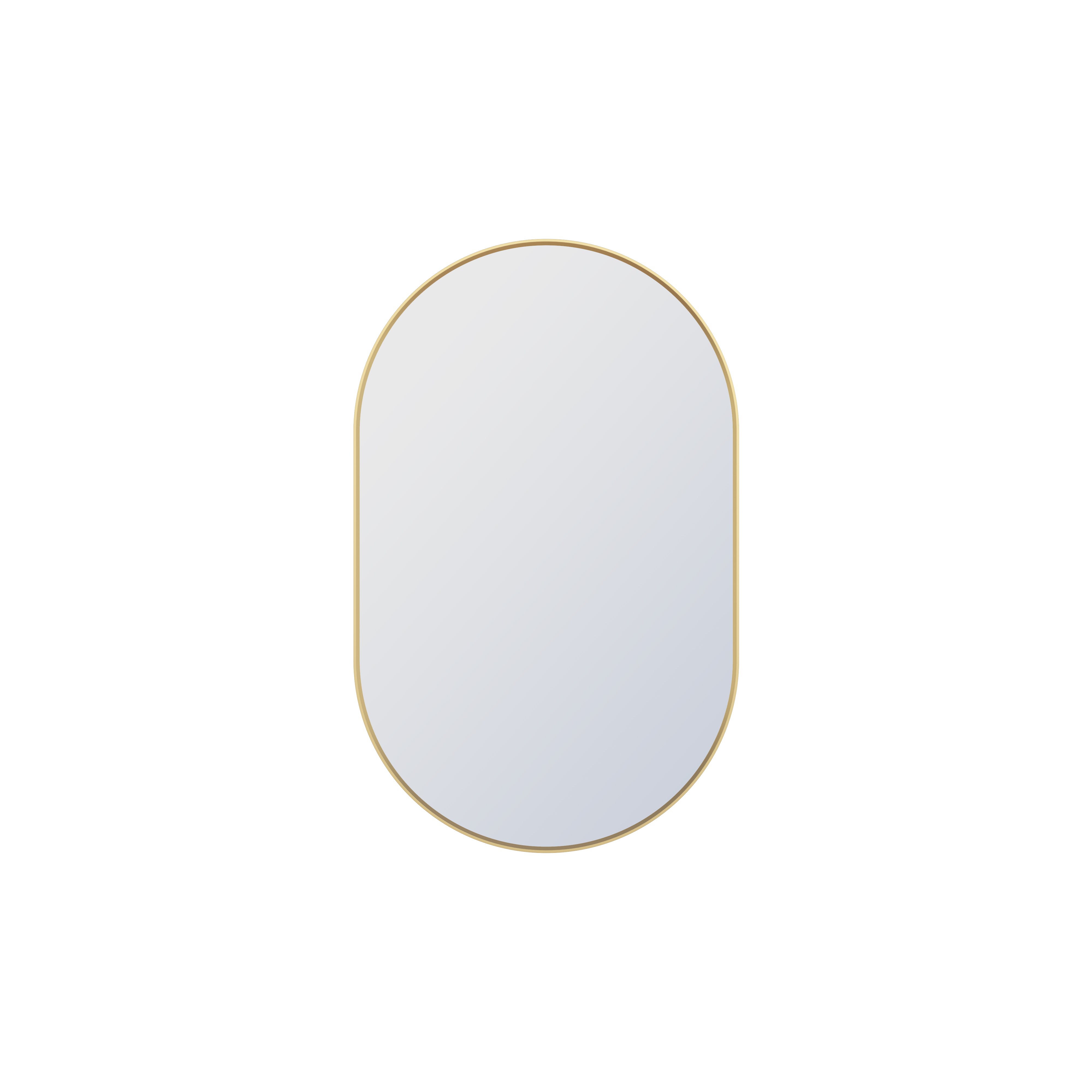


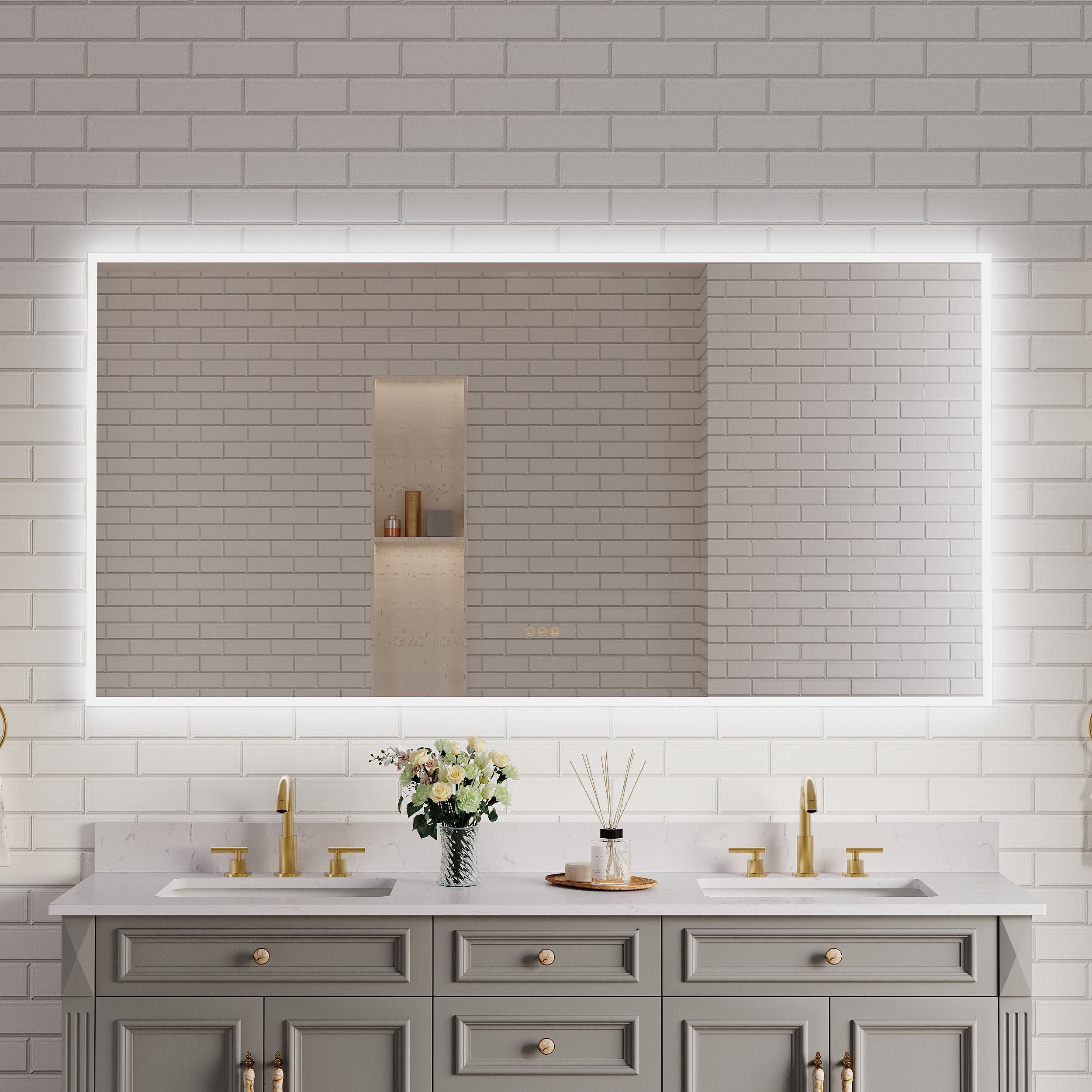





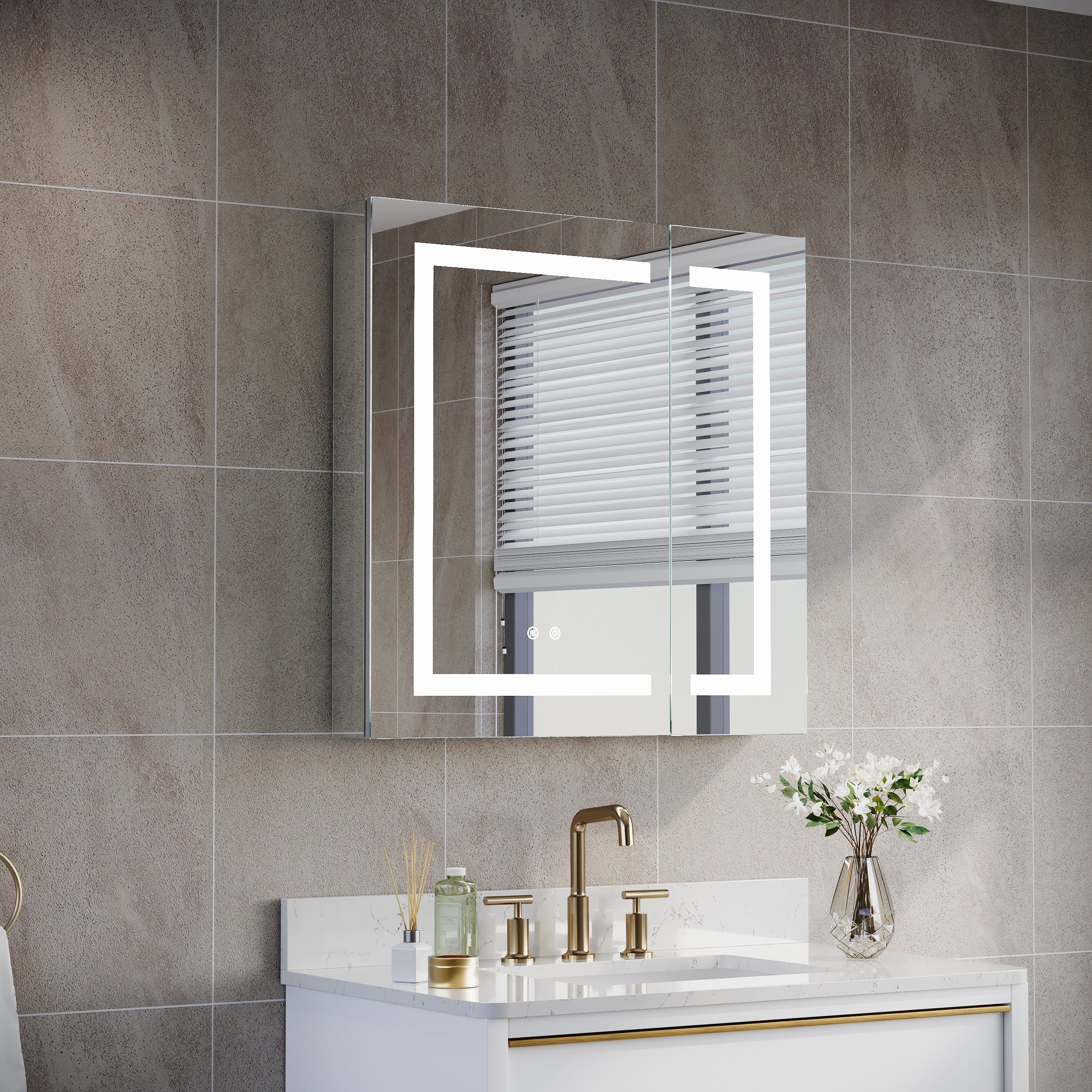
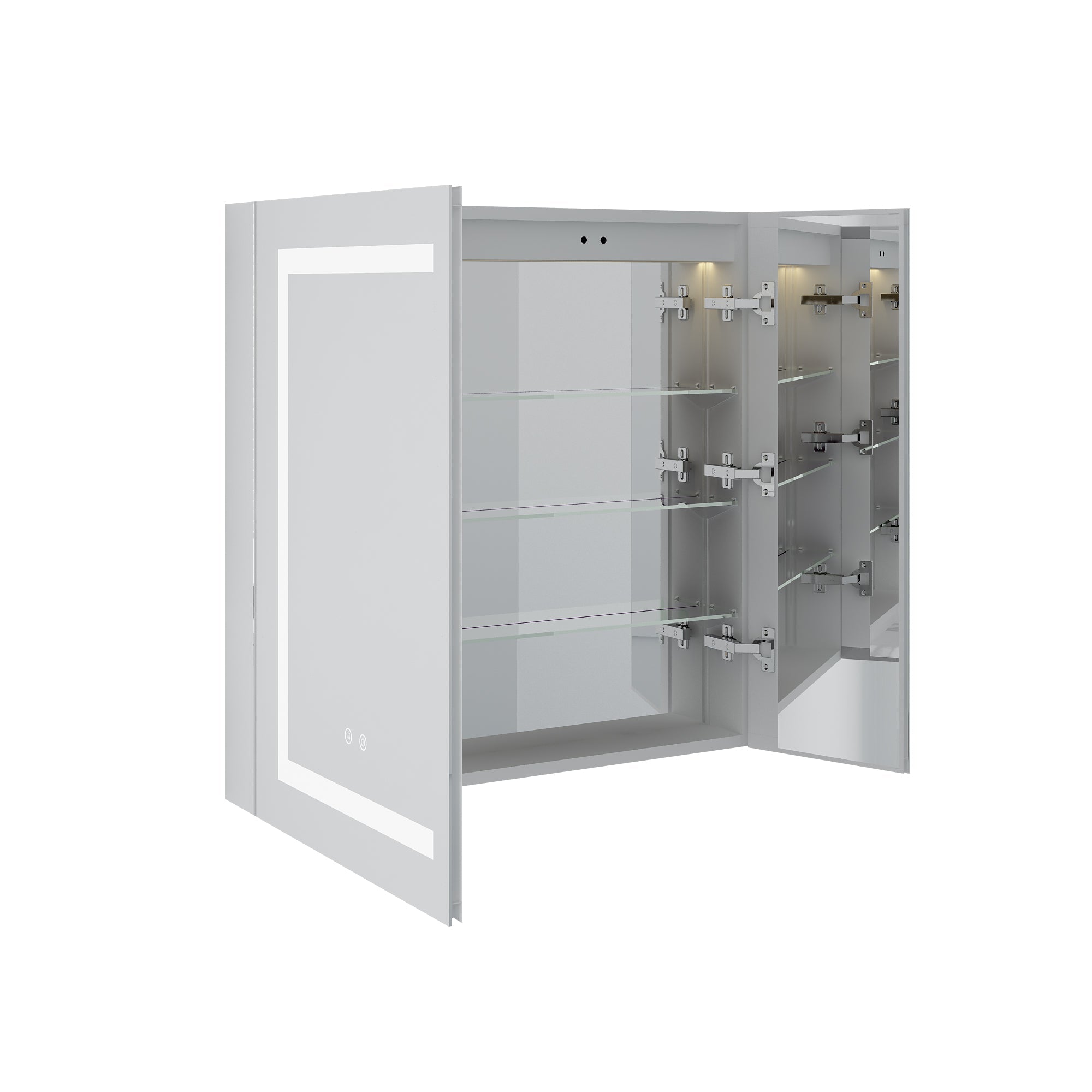




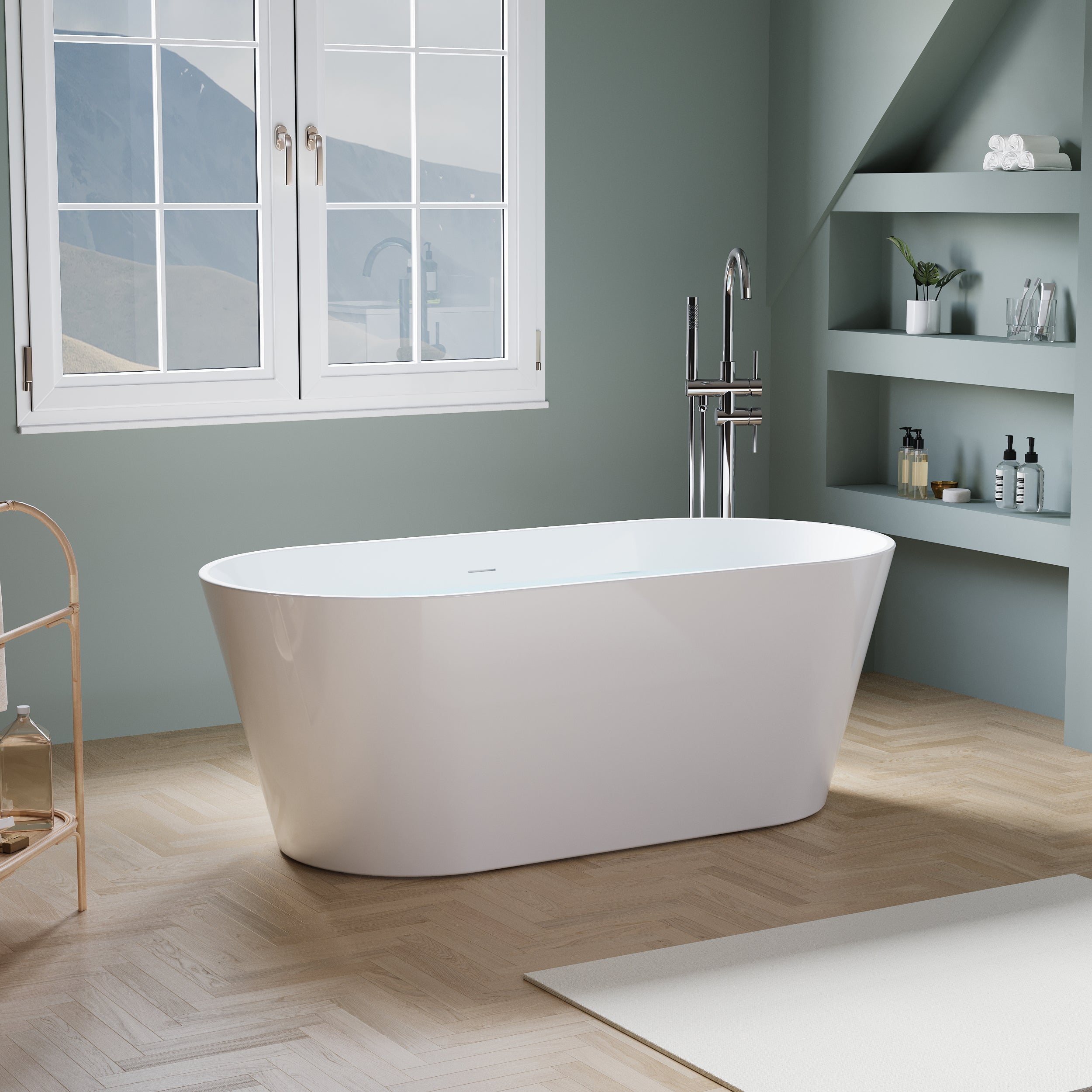
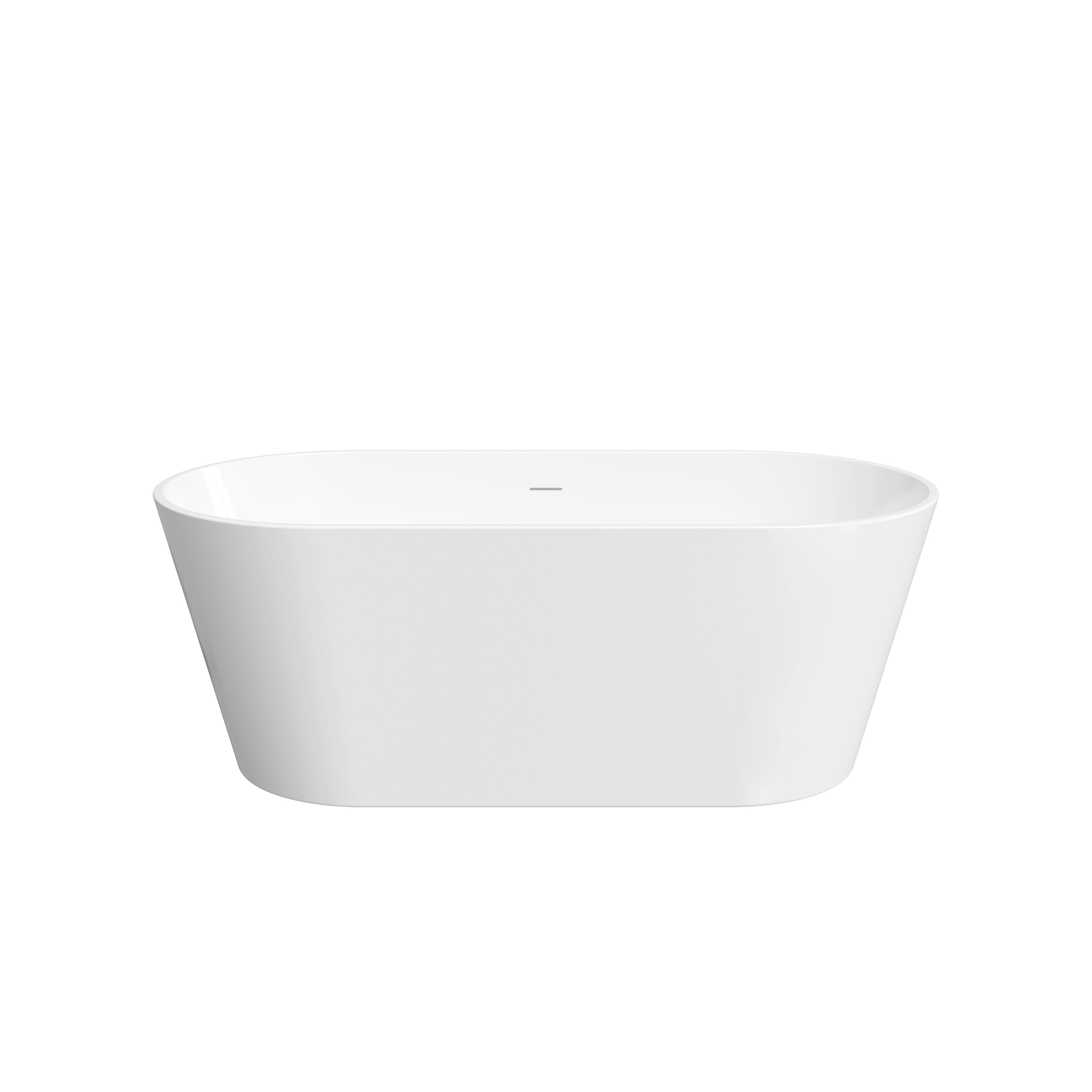


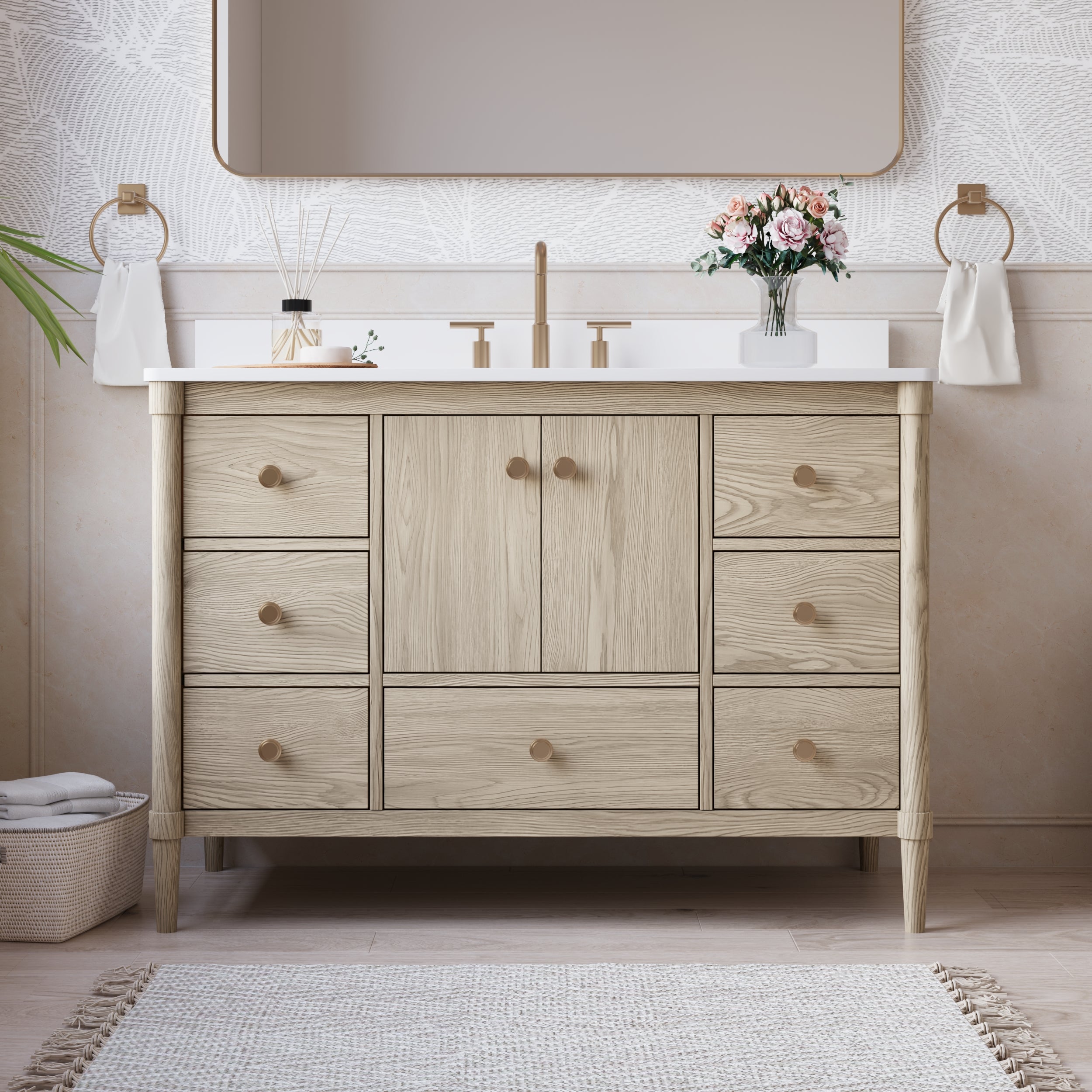
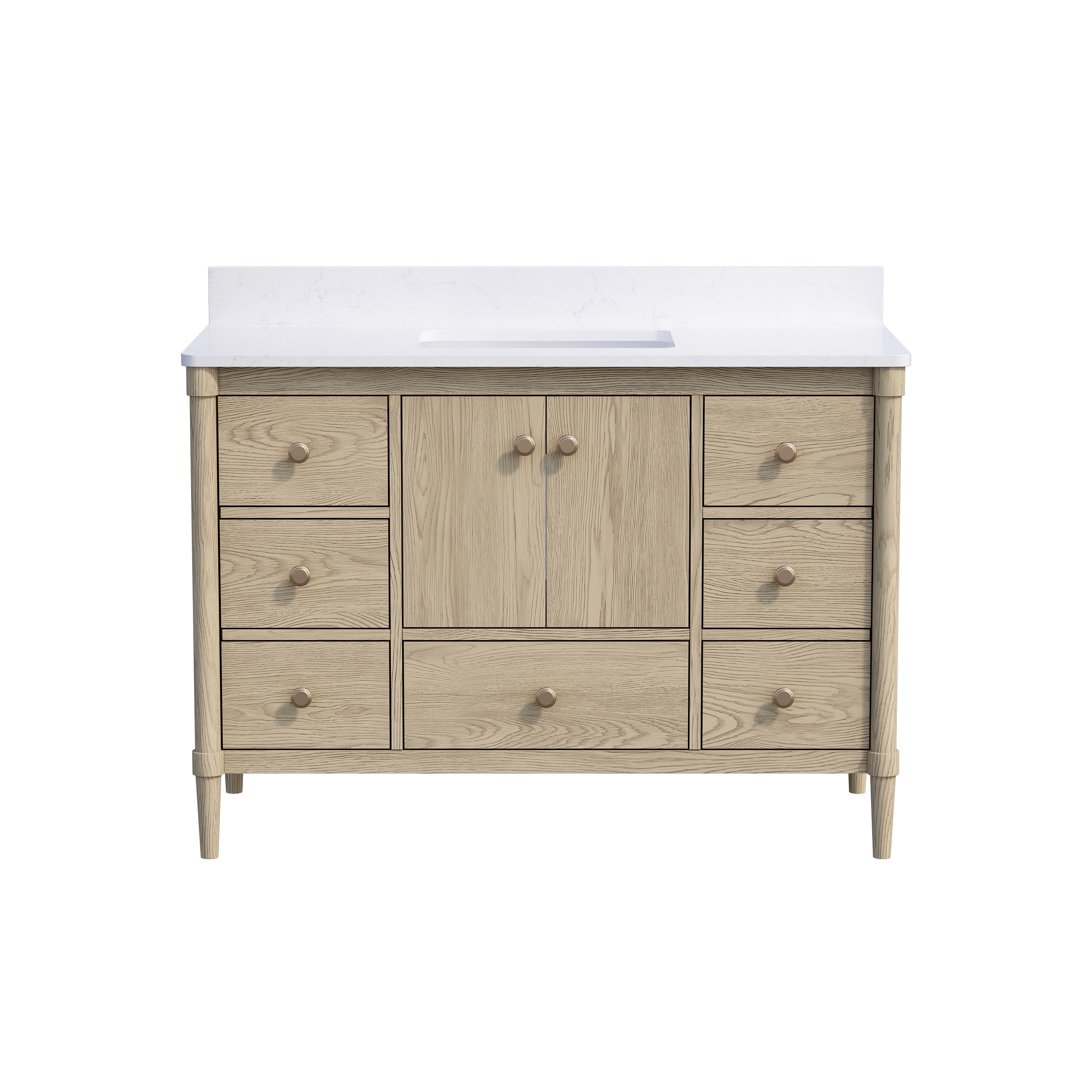
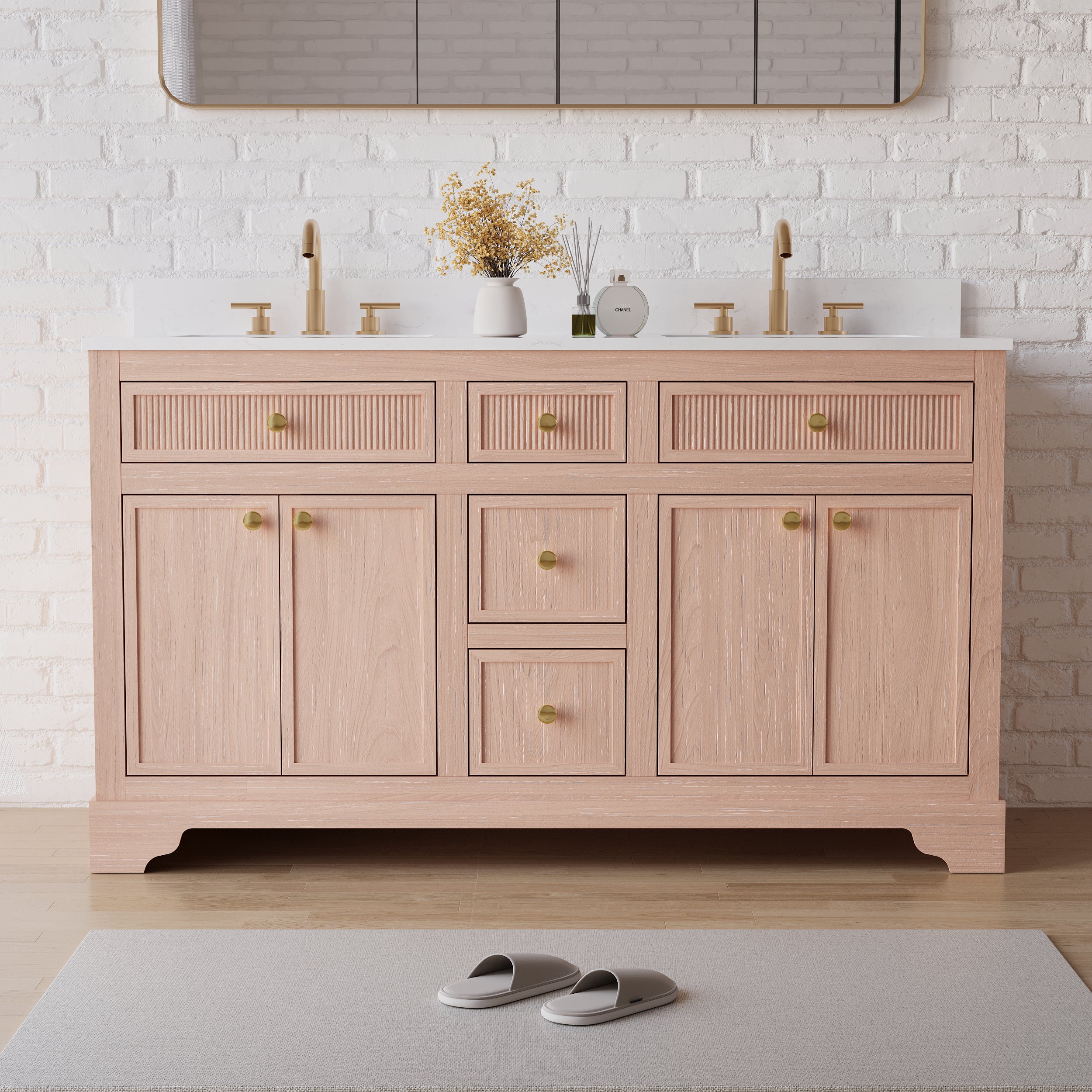
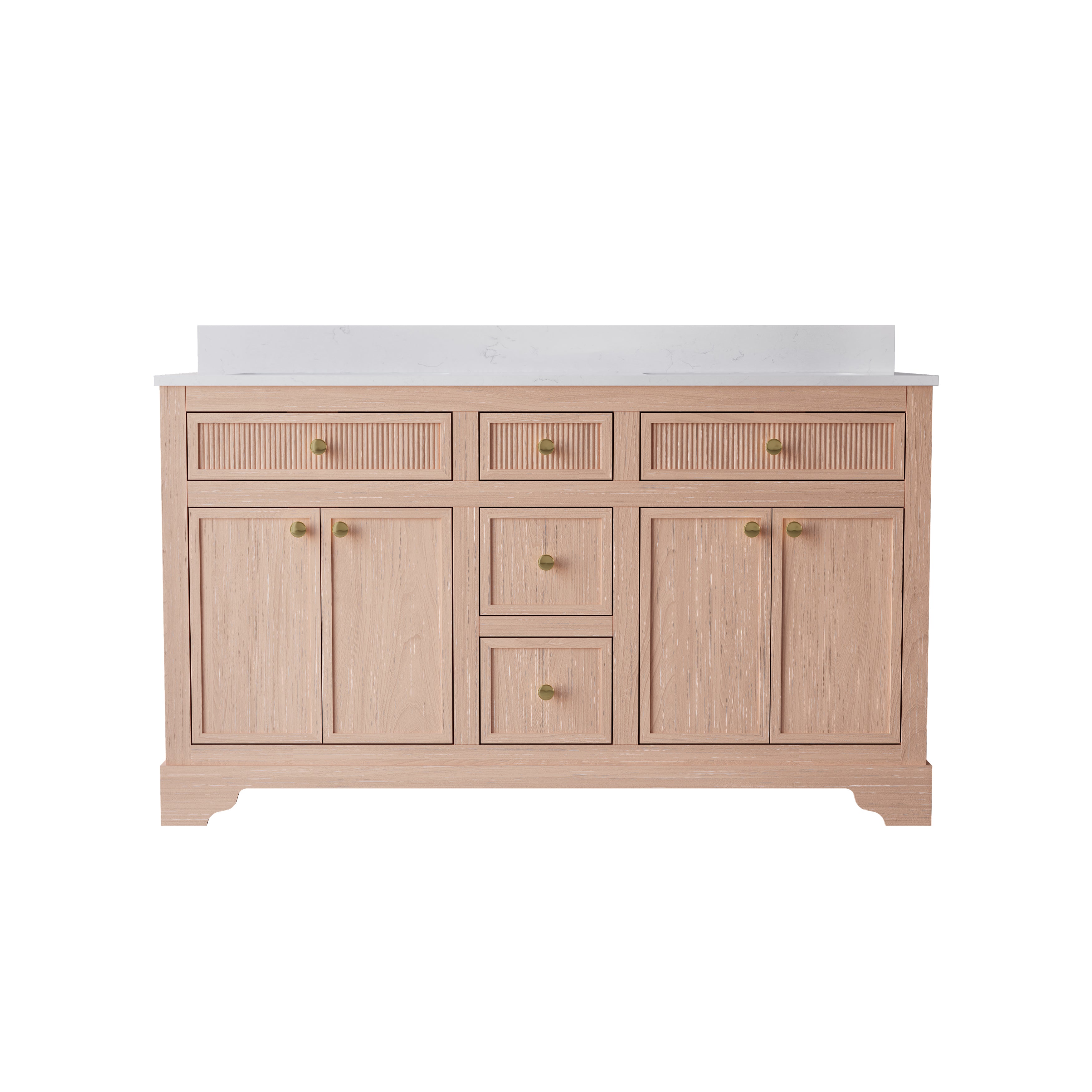
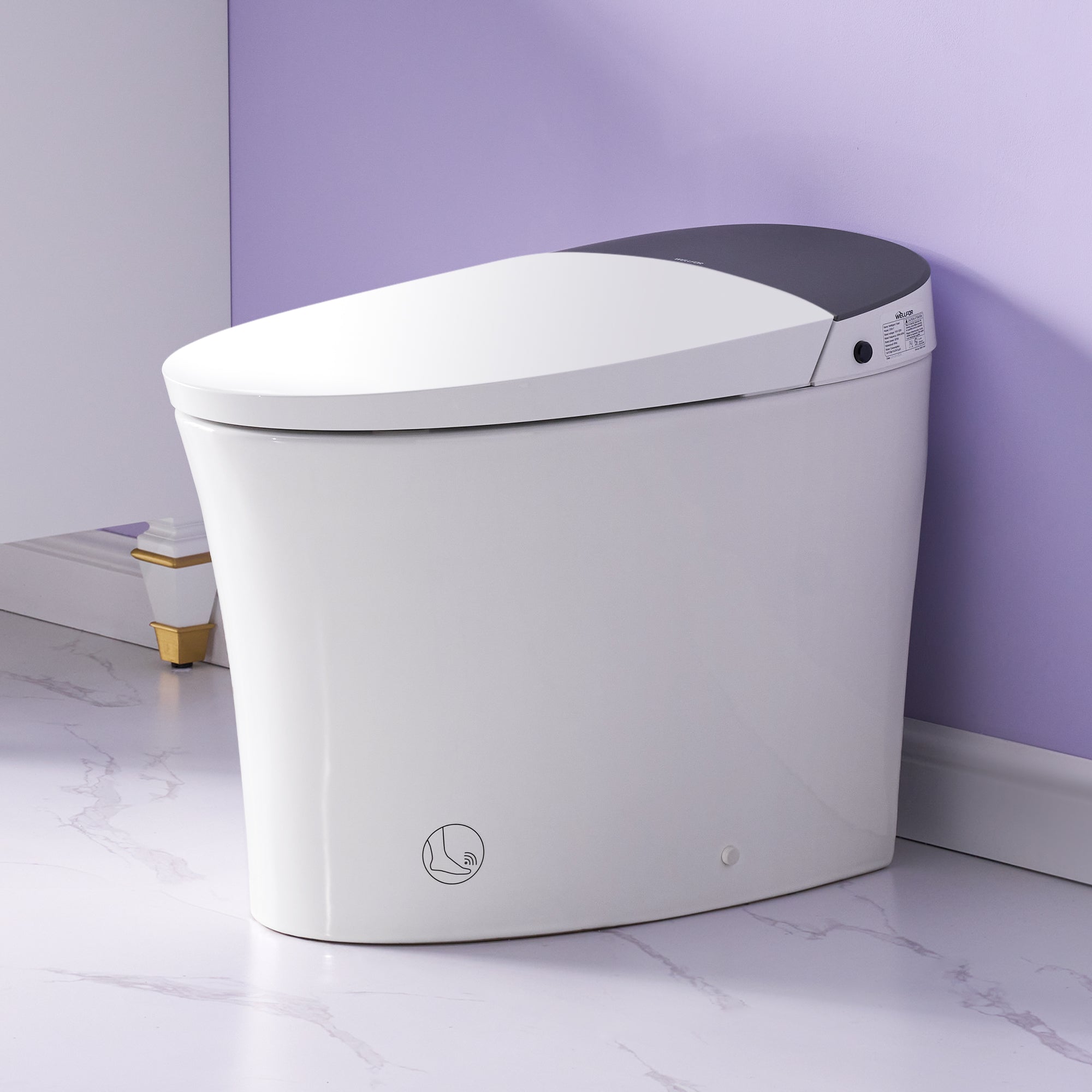
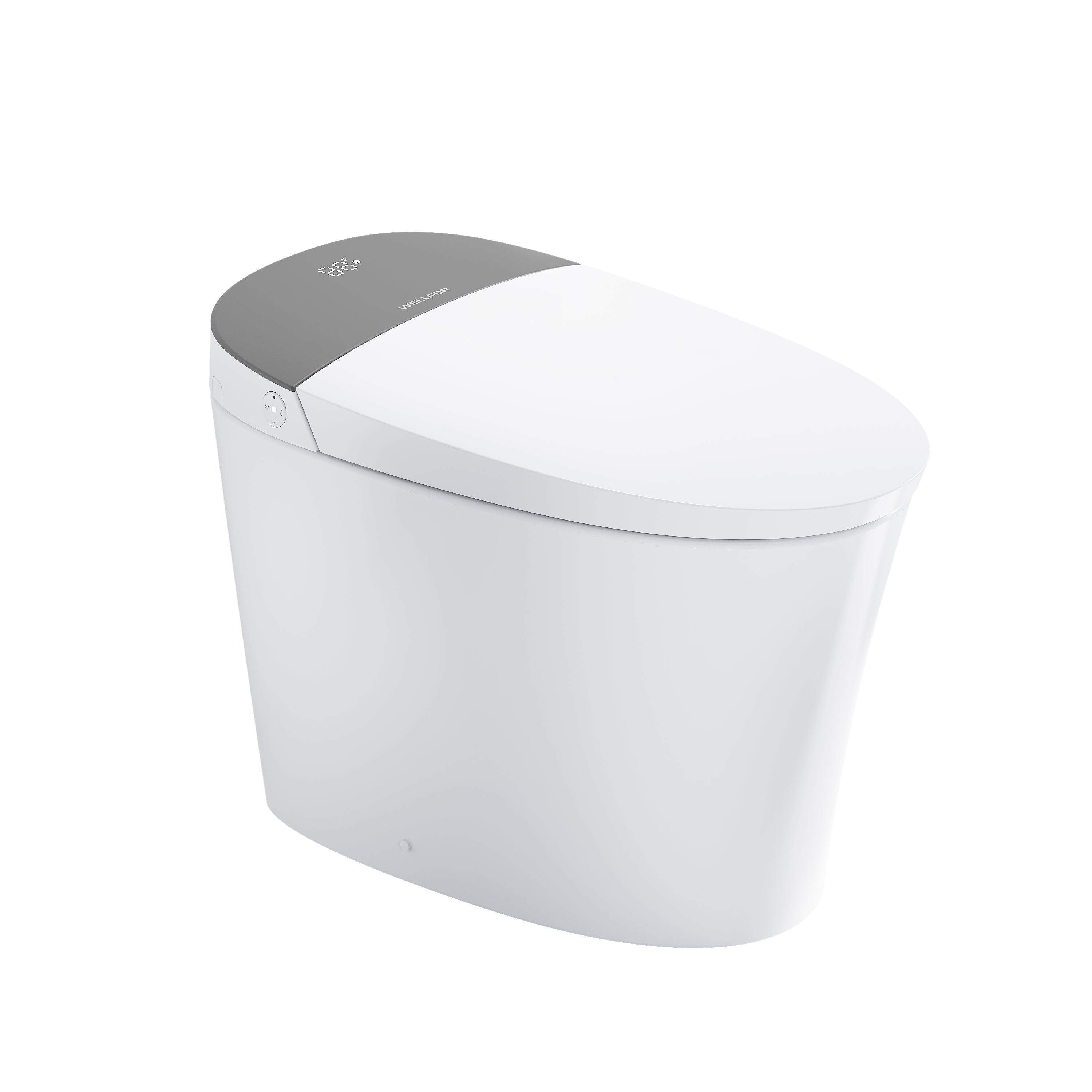
Leave a comment
This site is protected by hCaptcha and the hCaptcha Privacy Policy and Terms of Service apply.